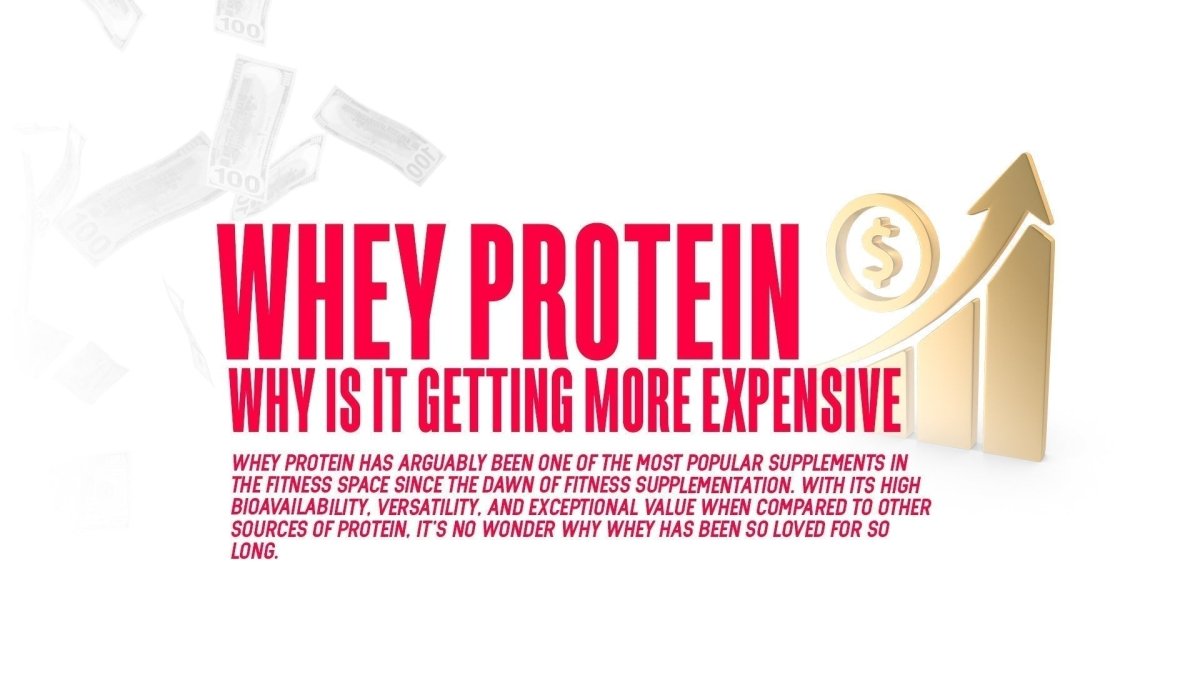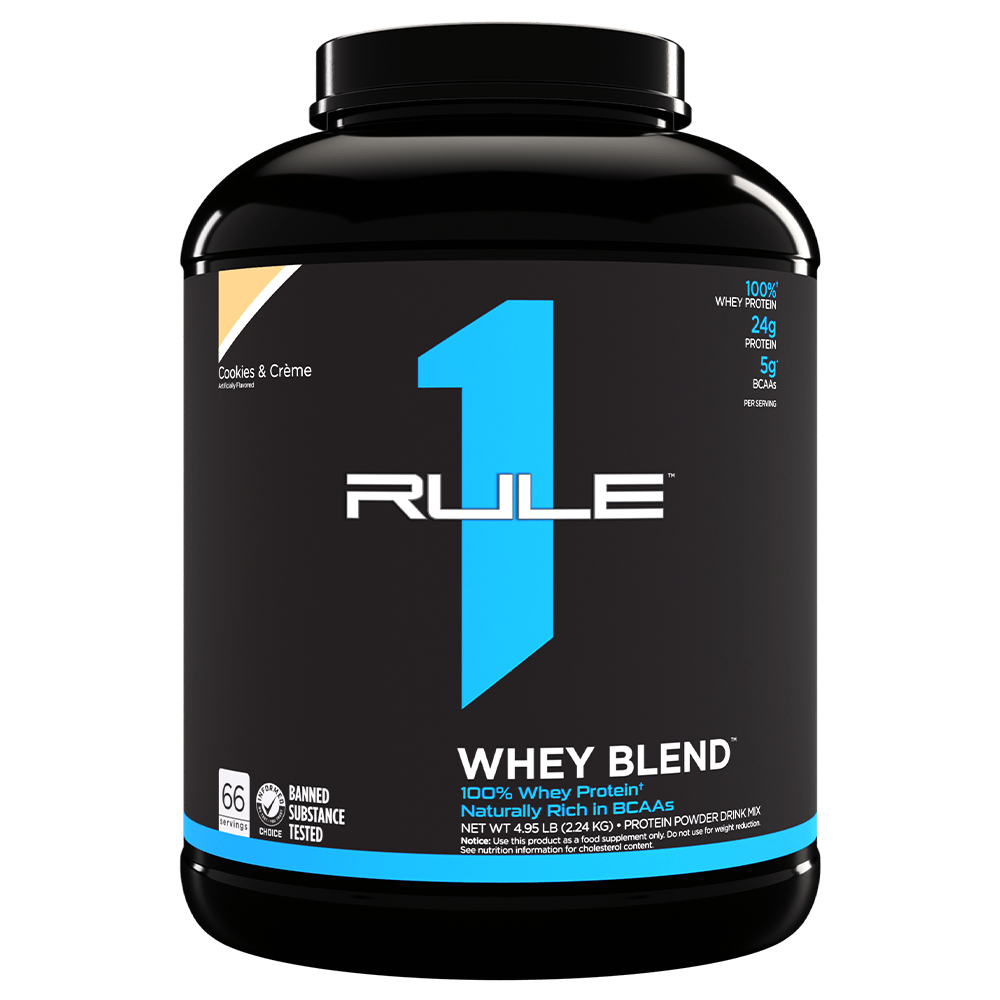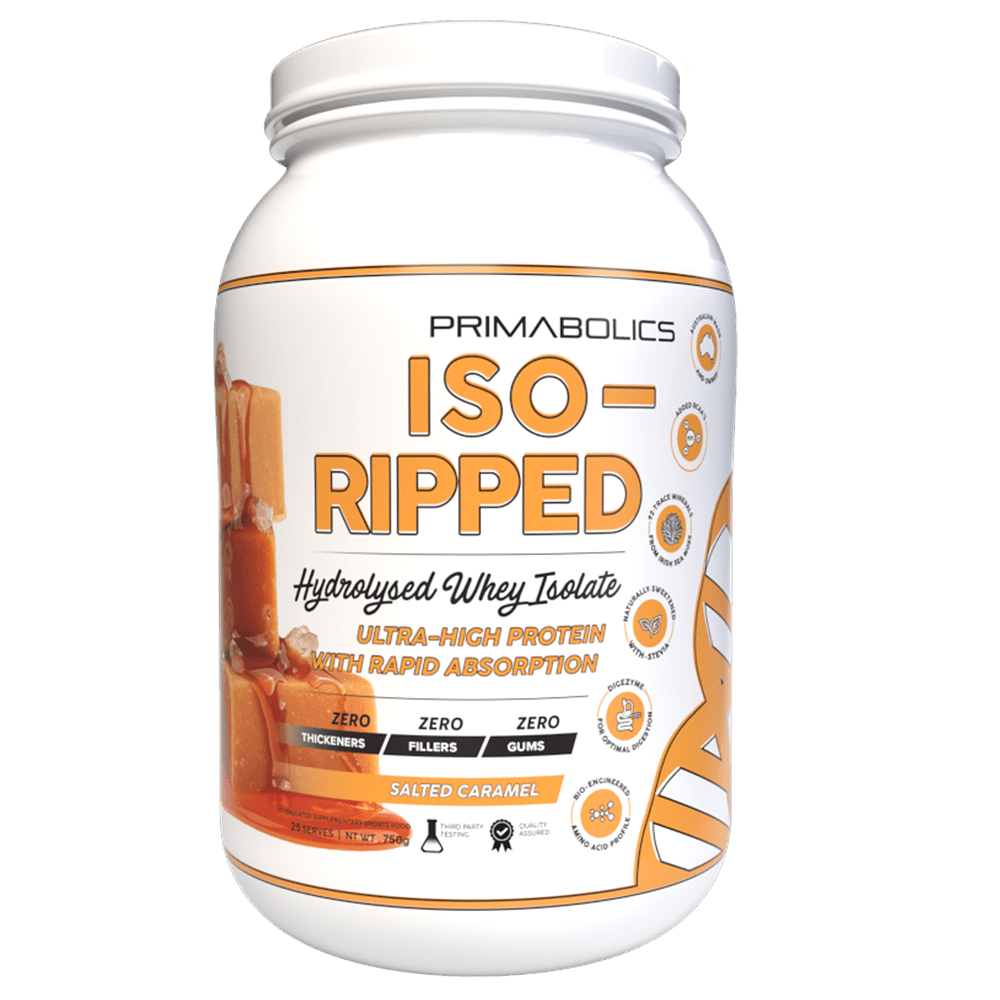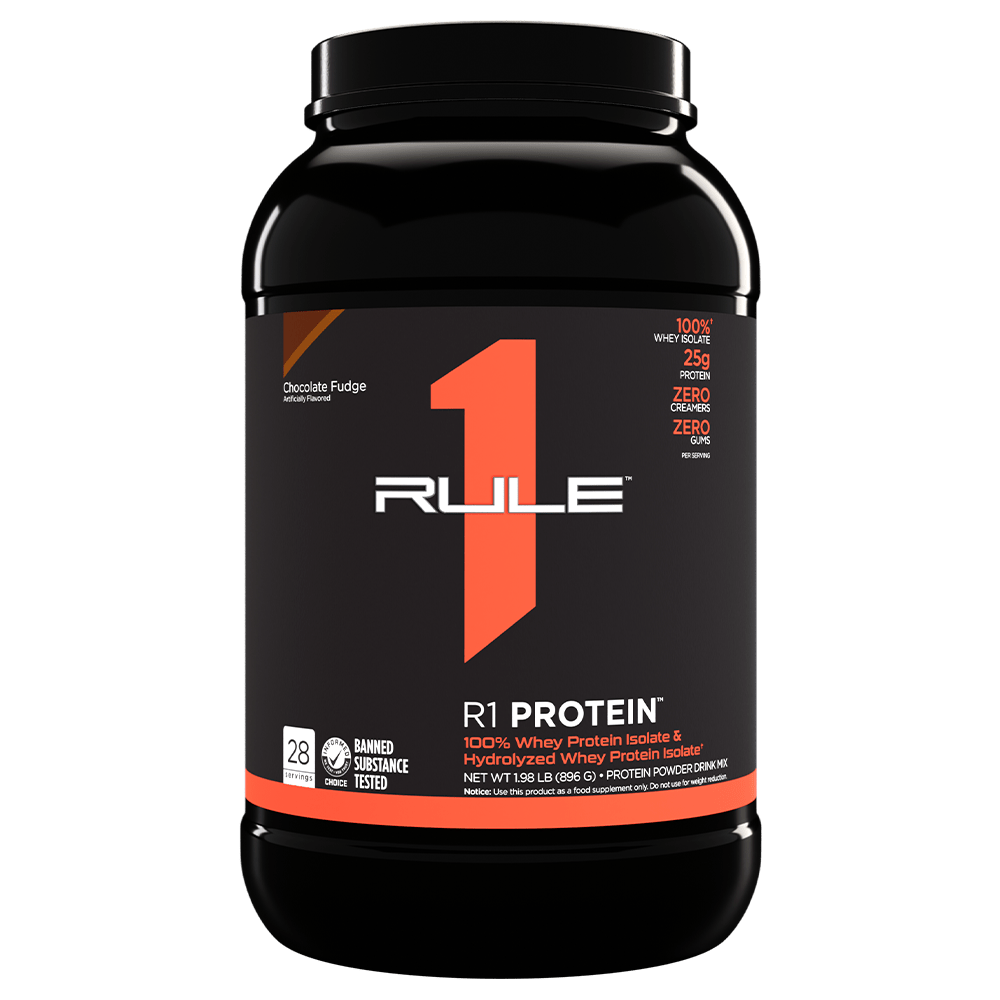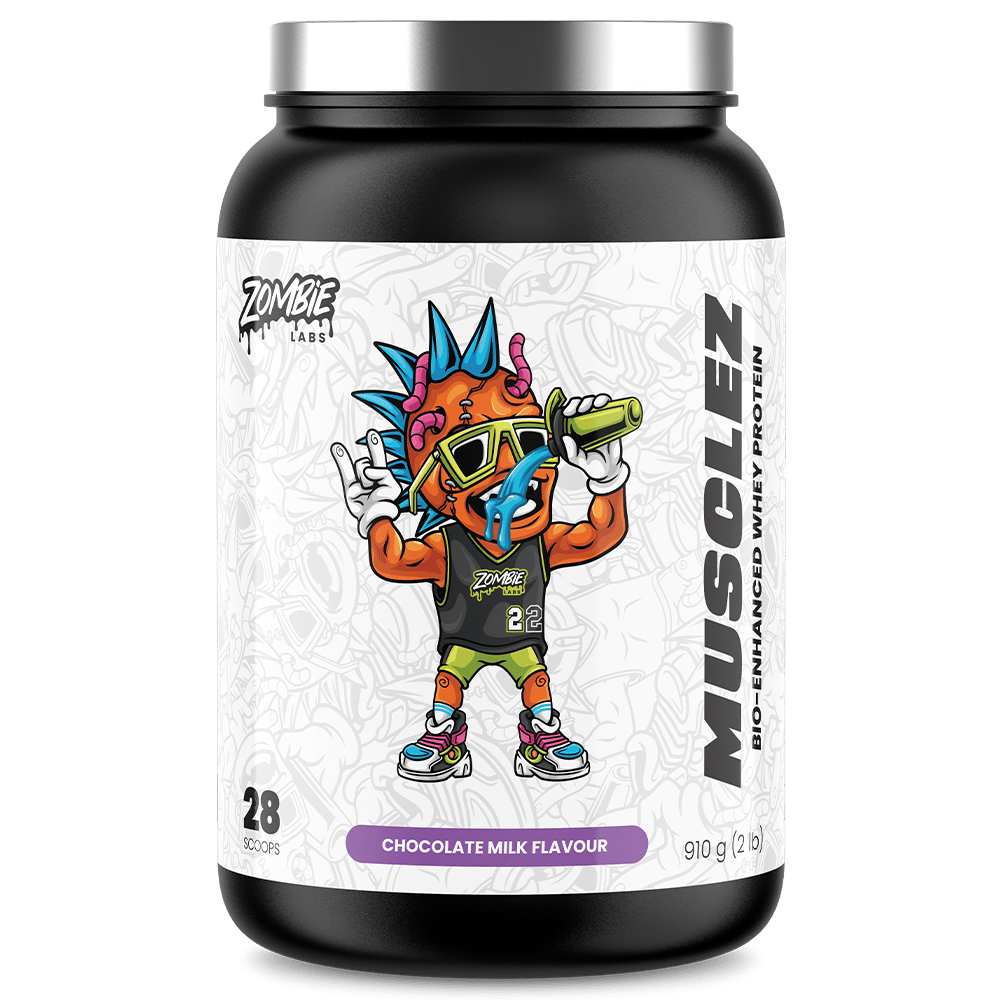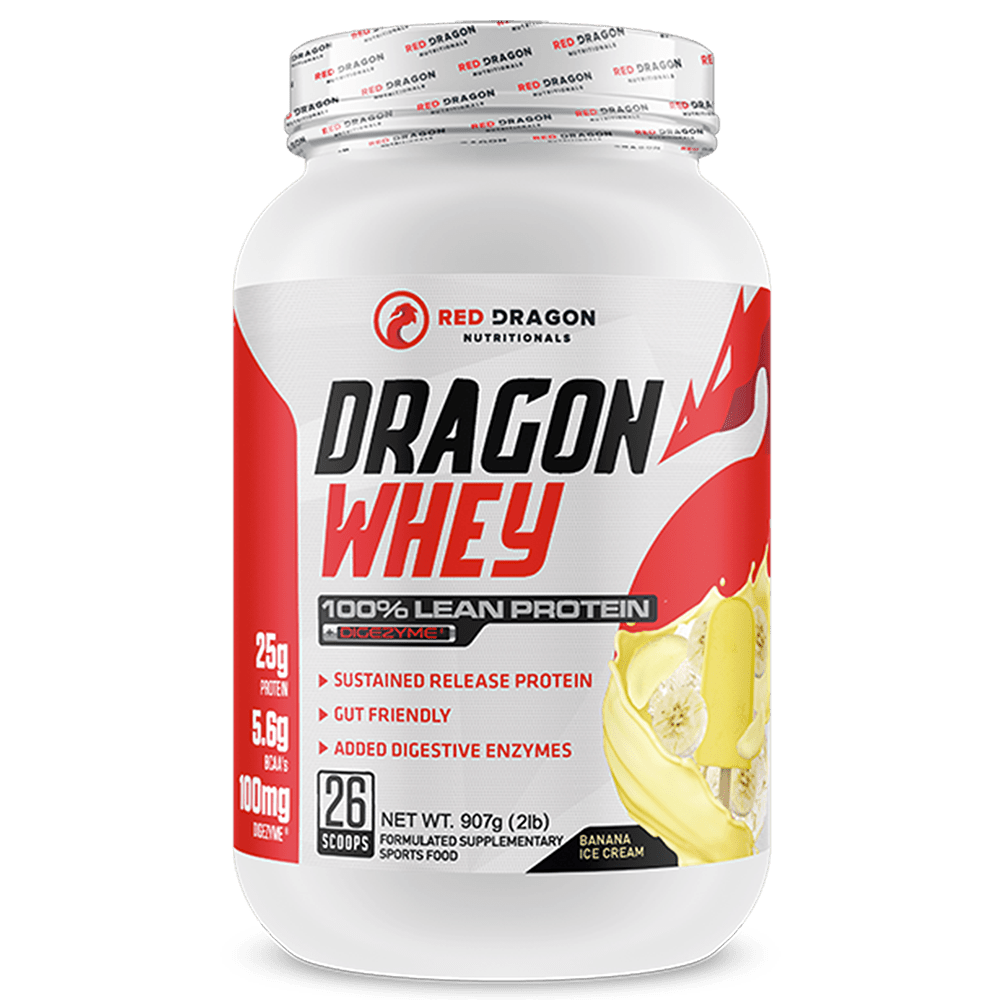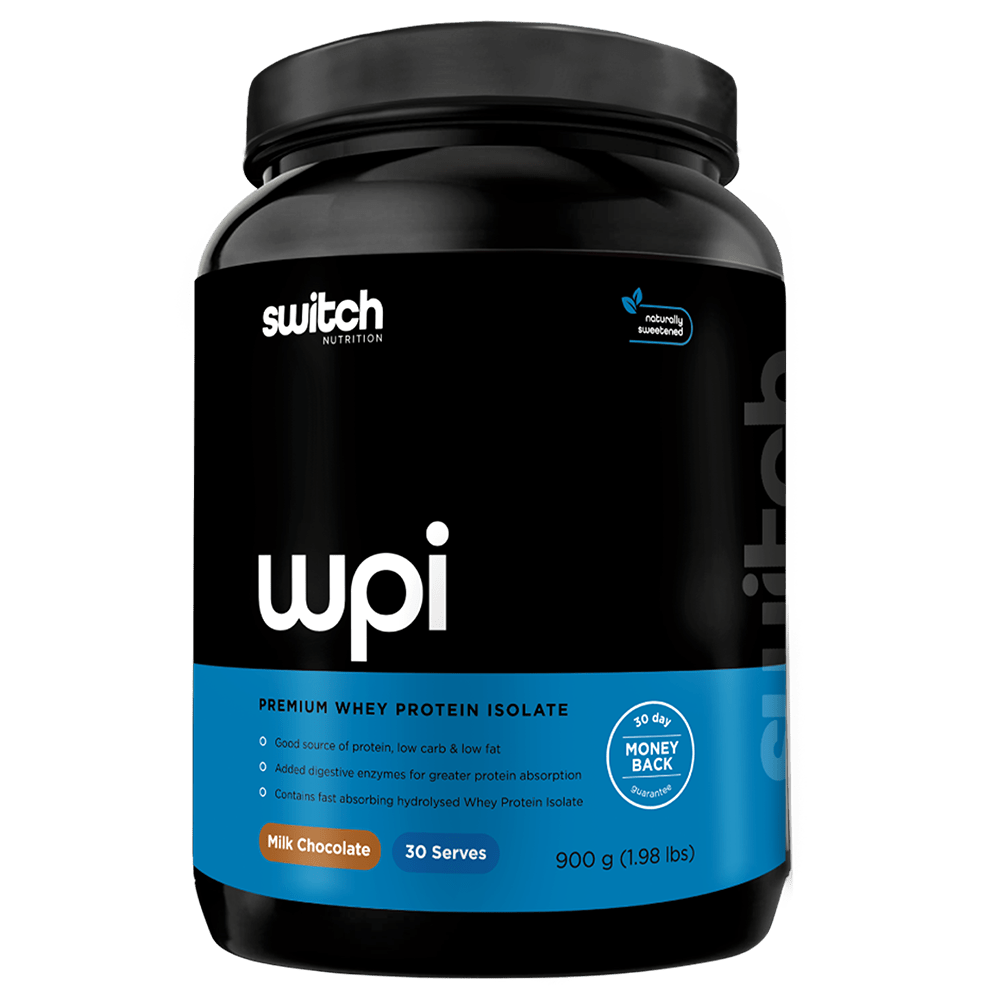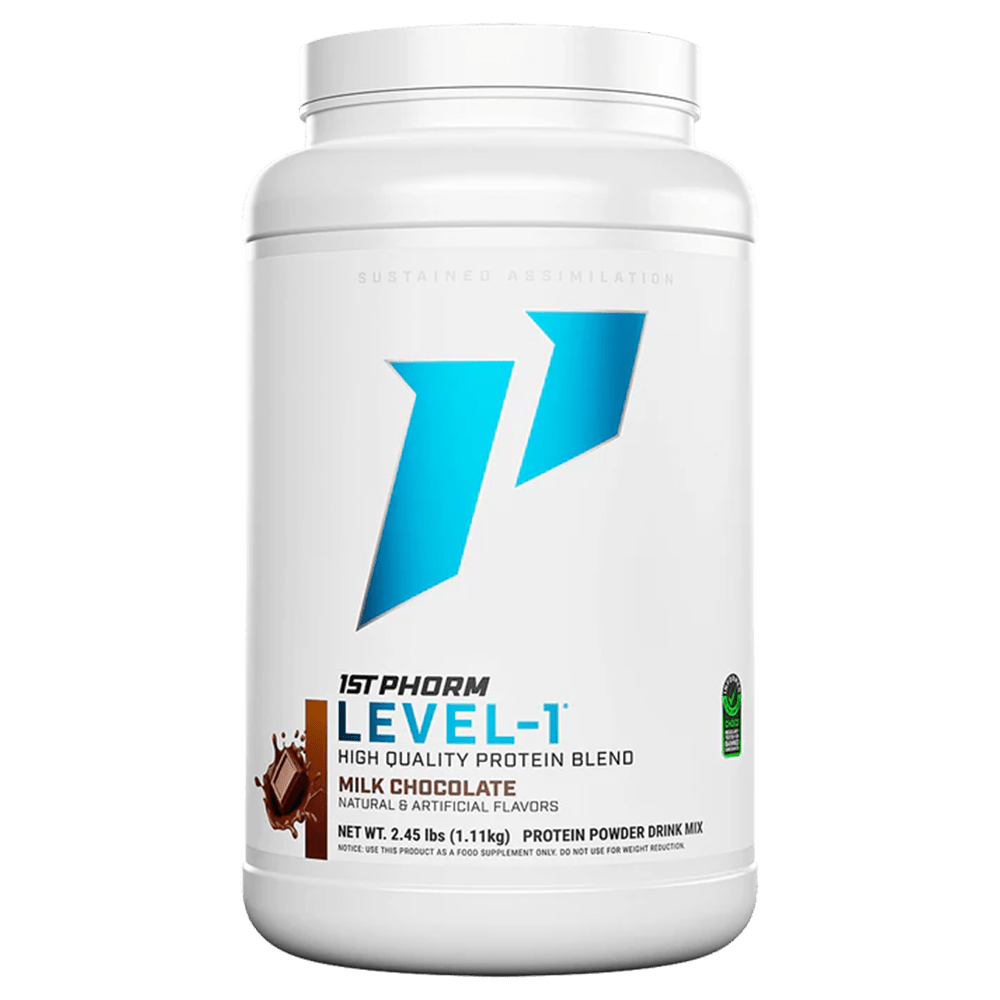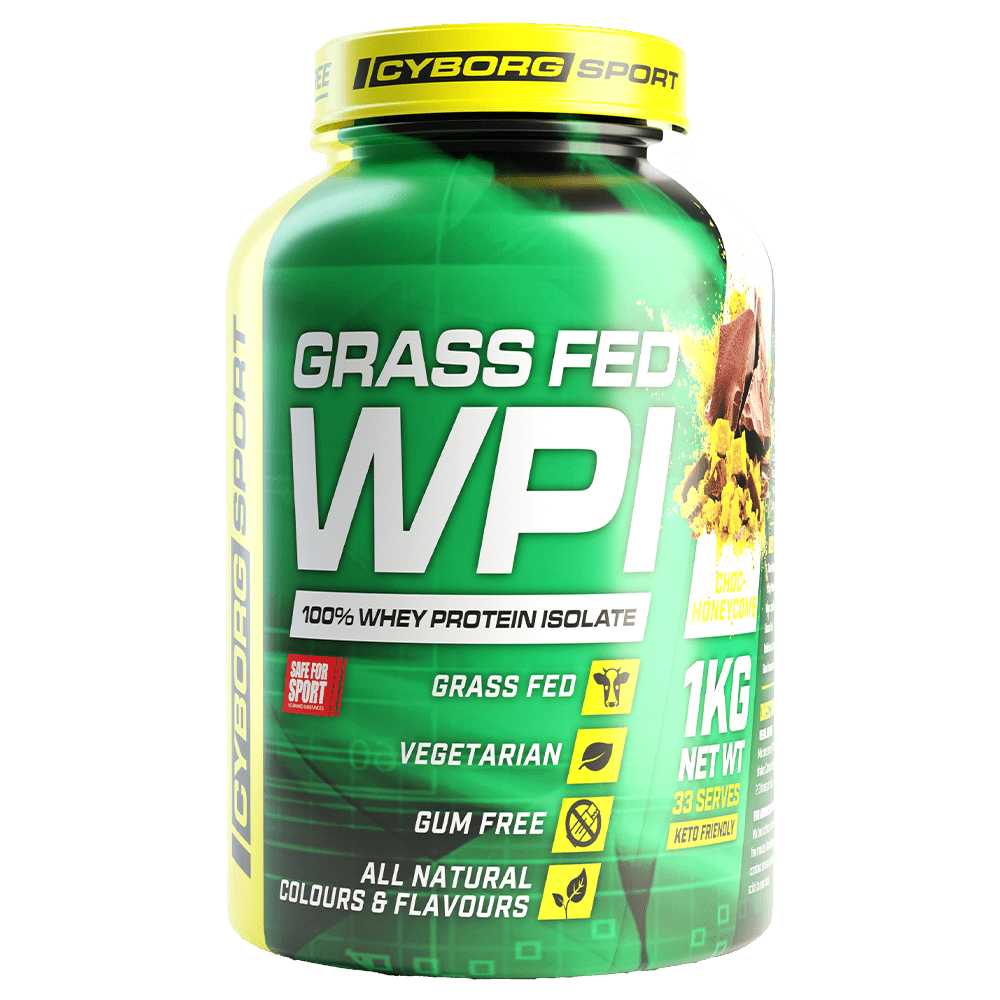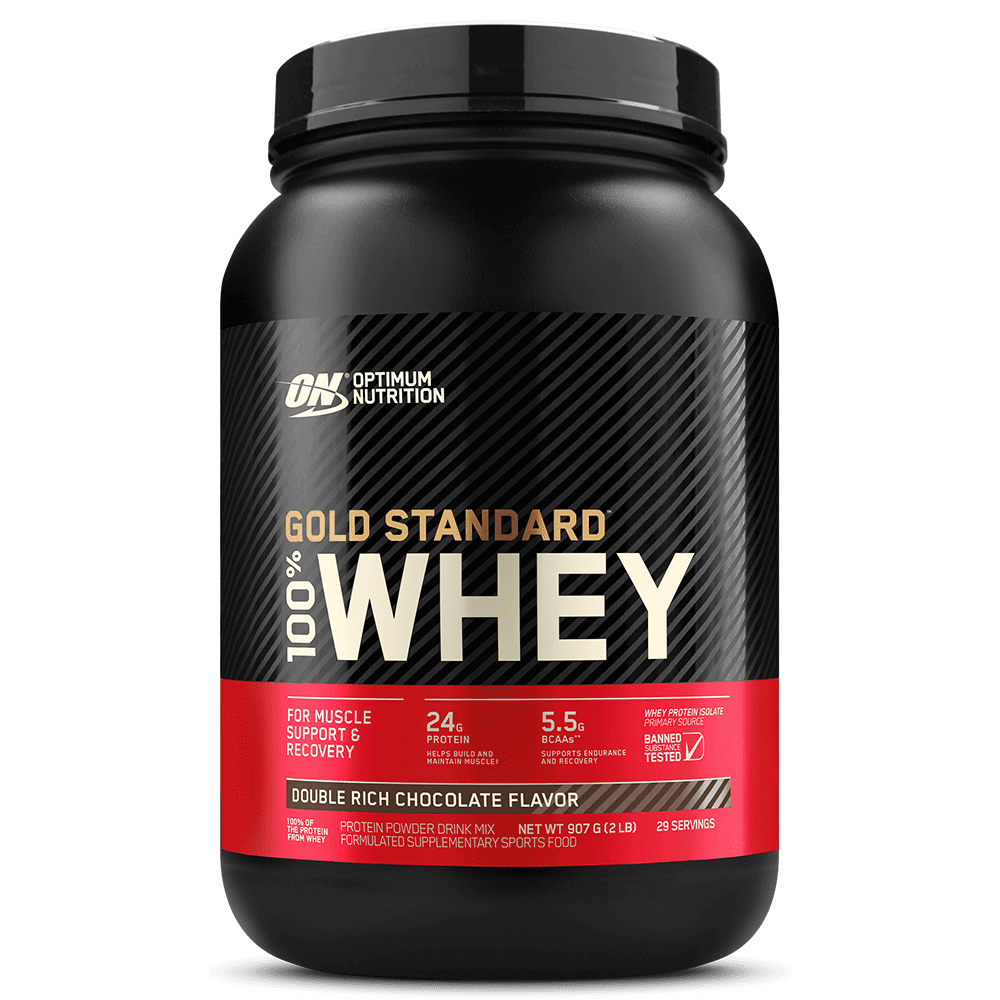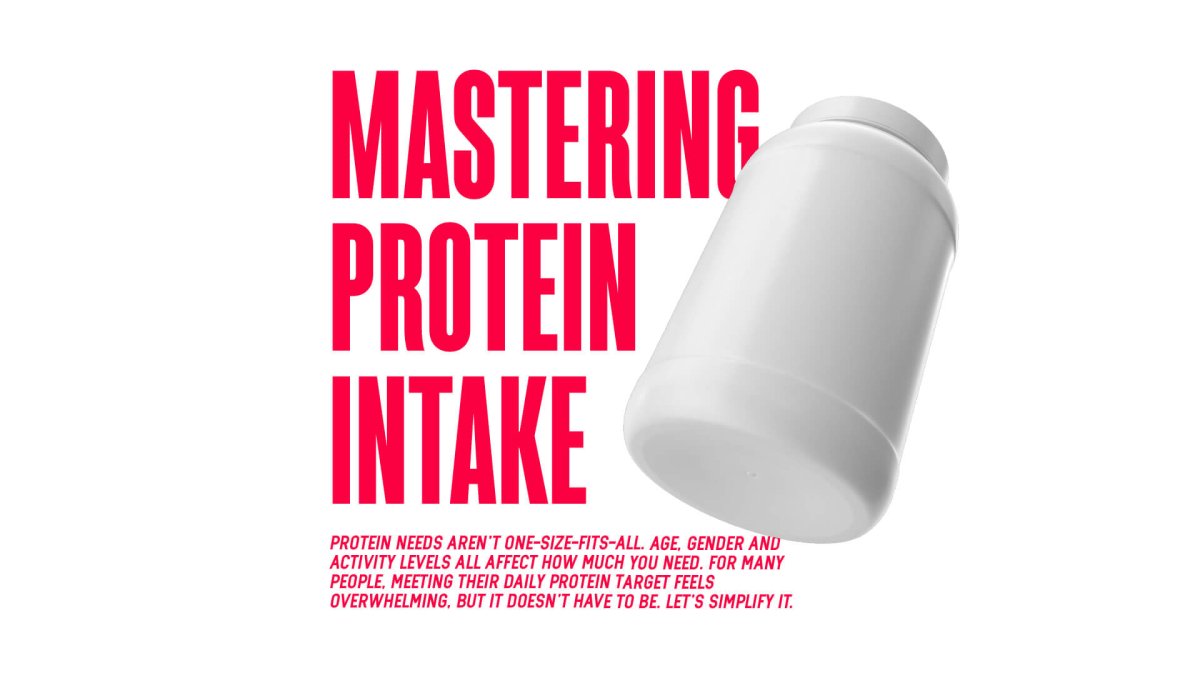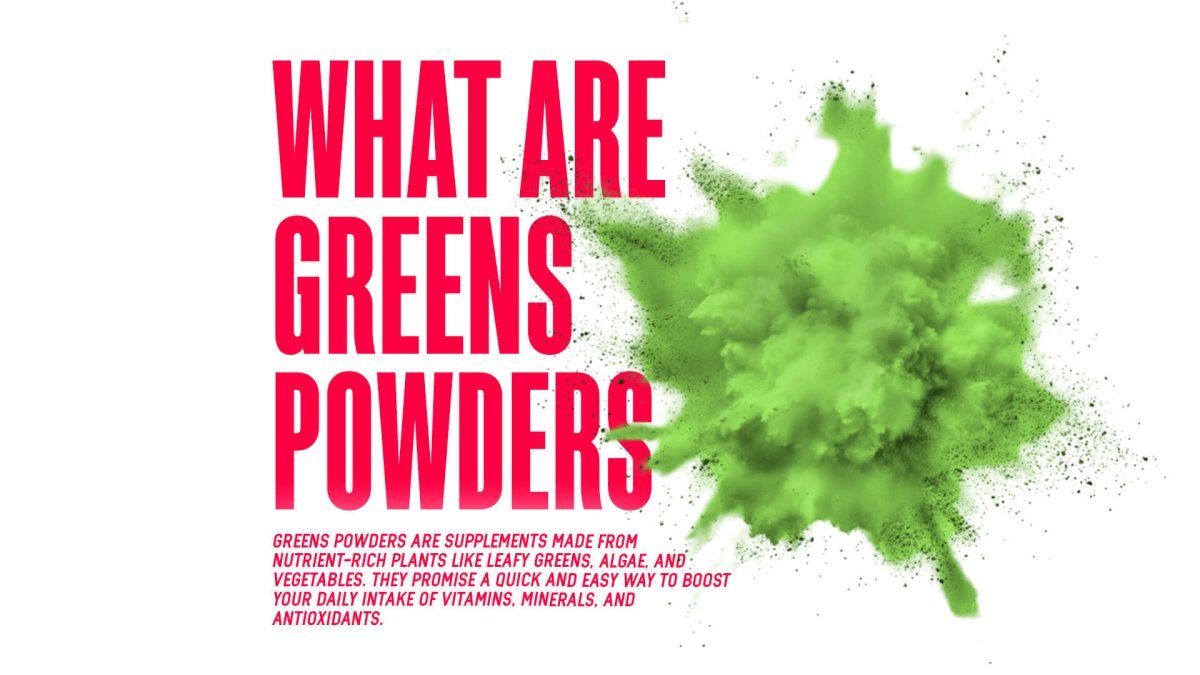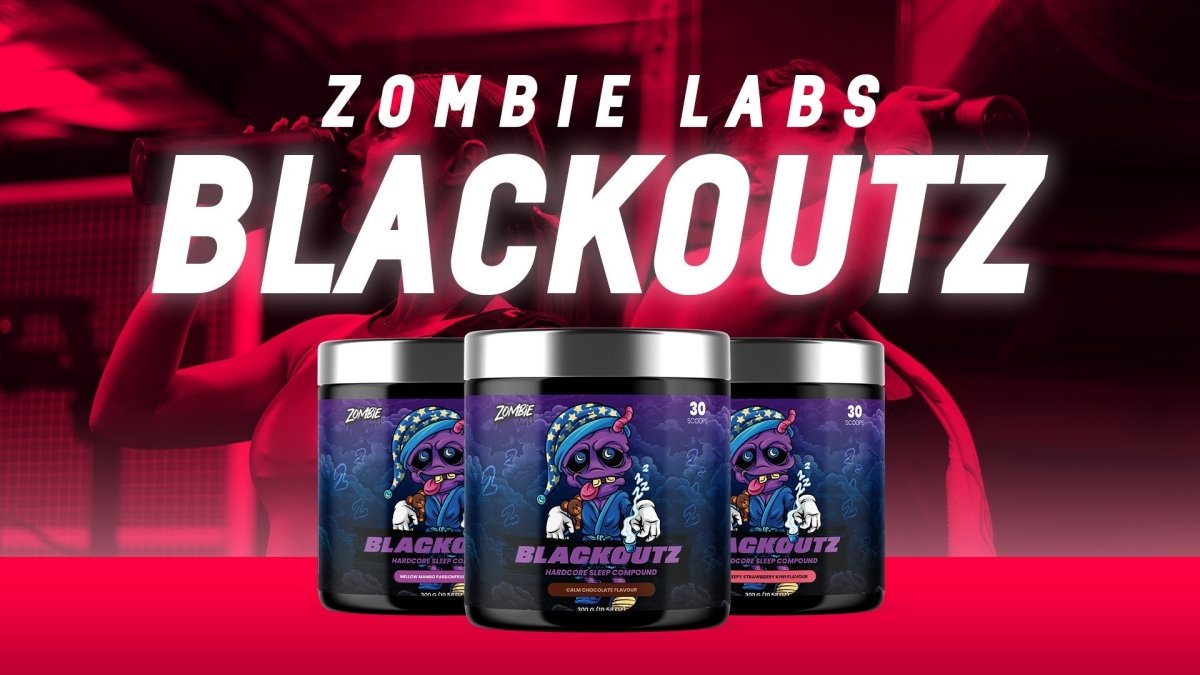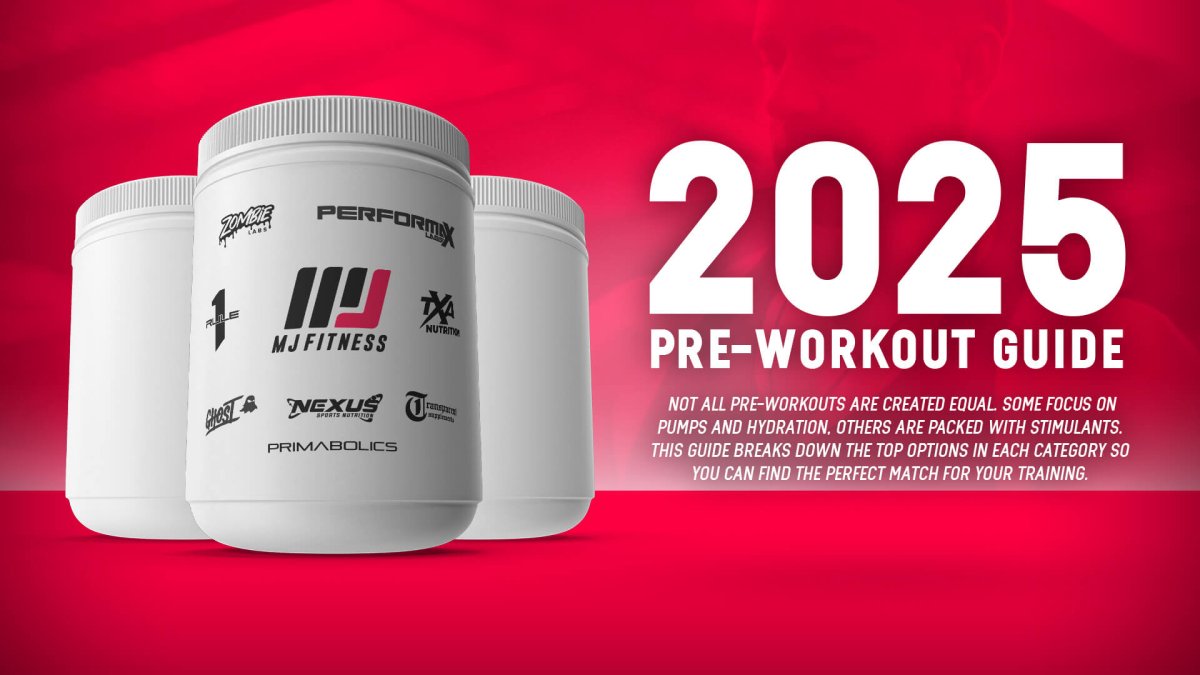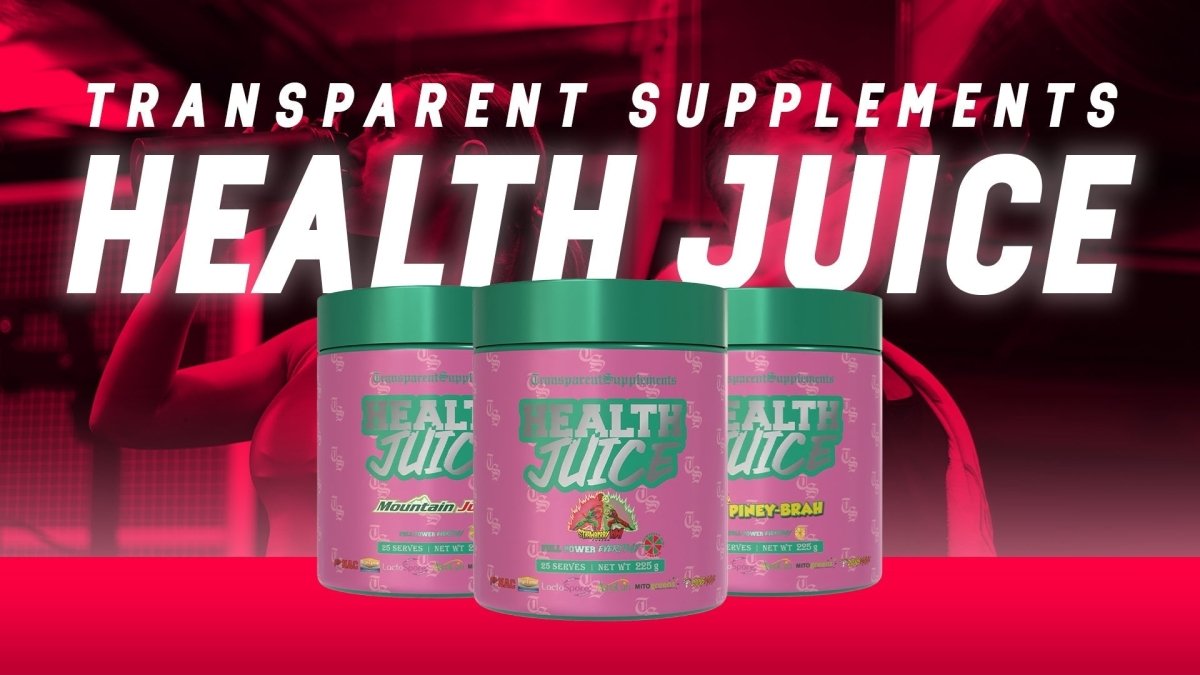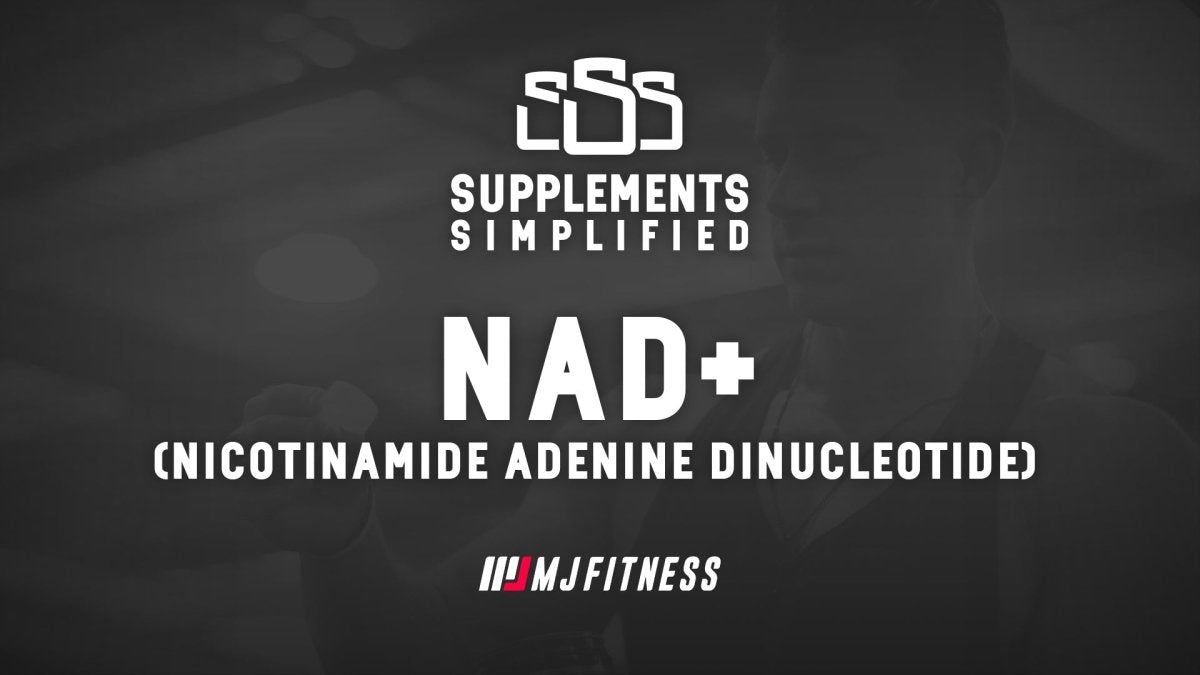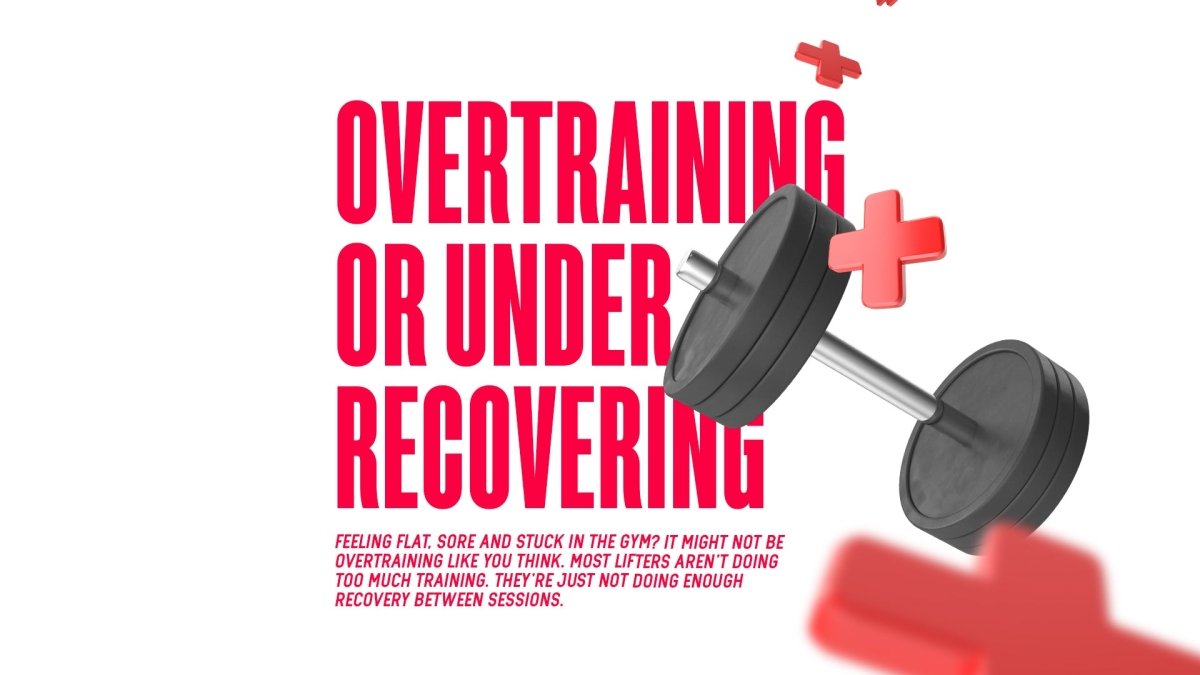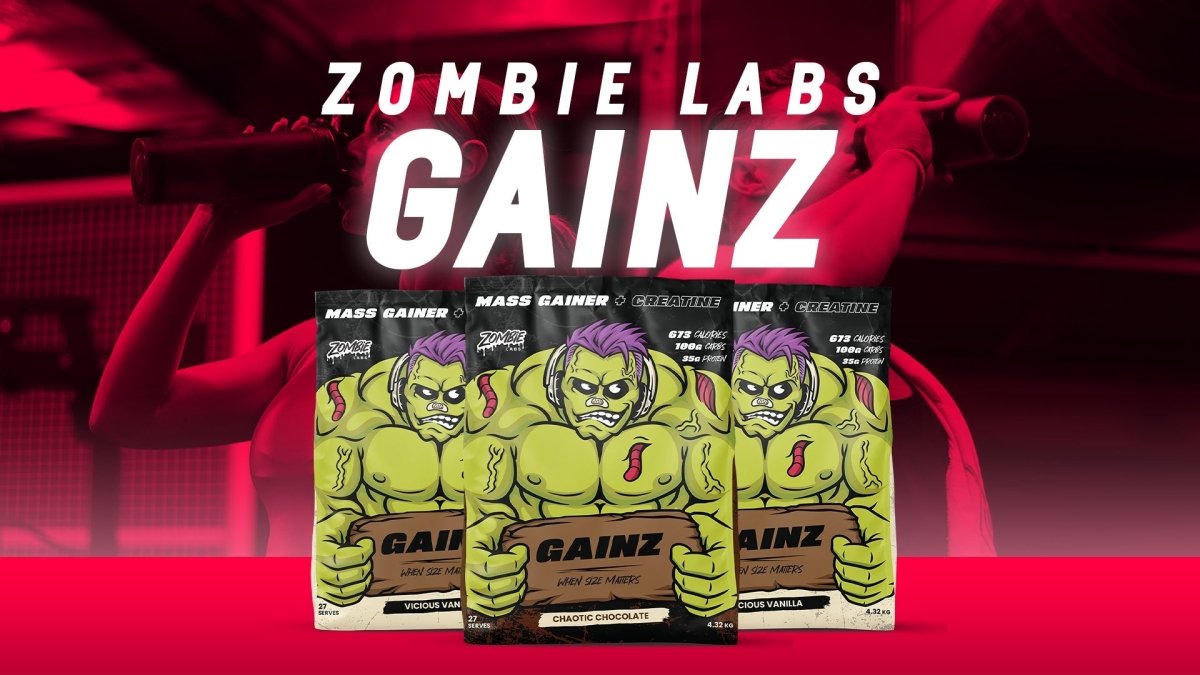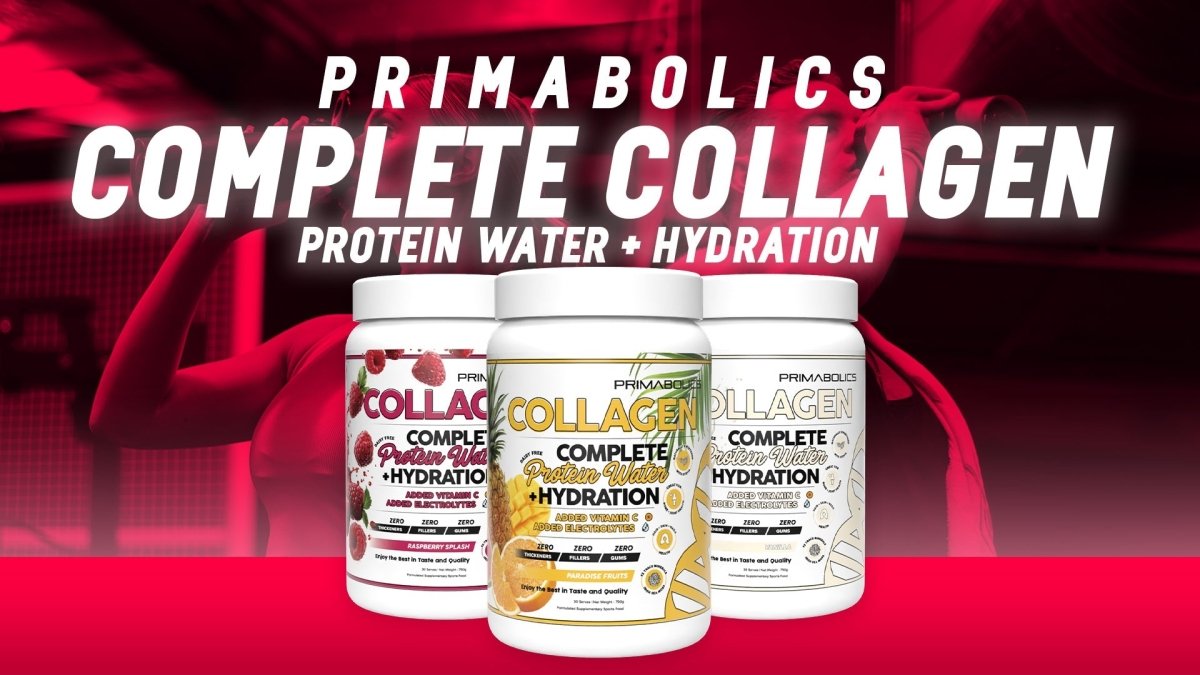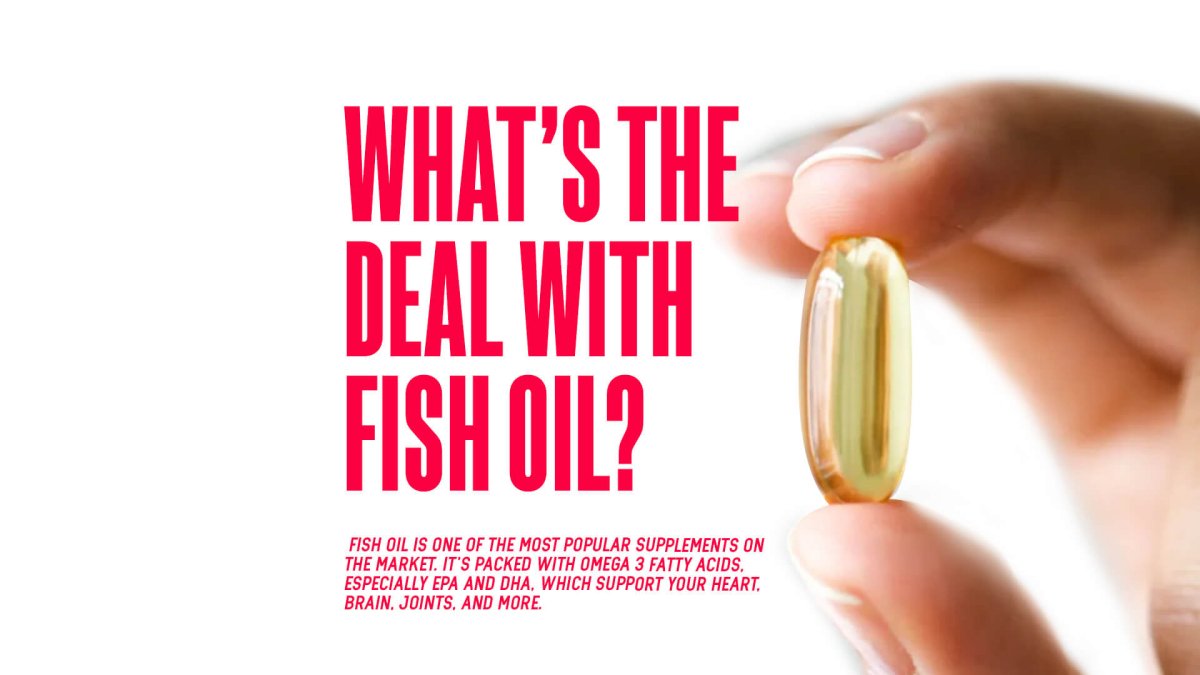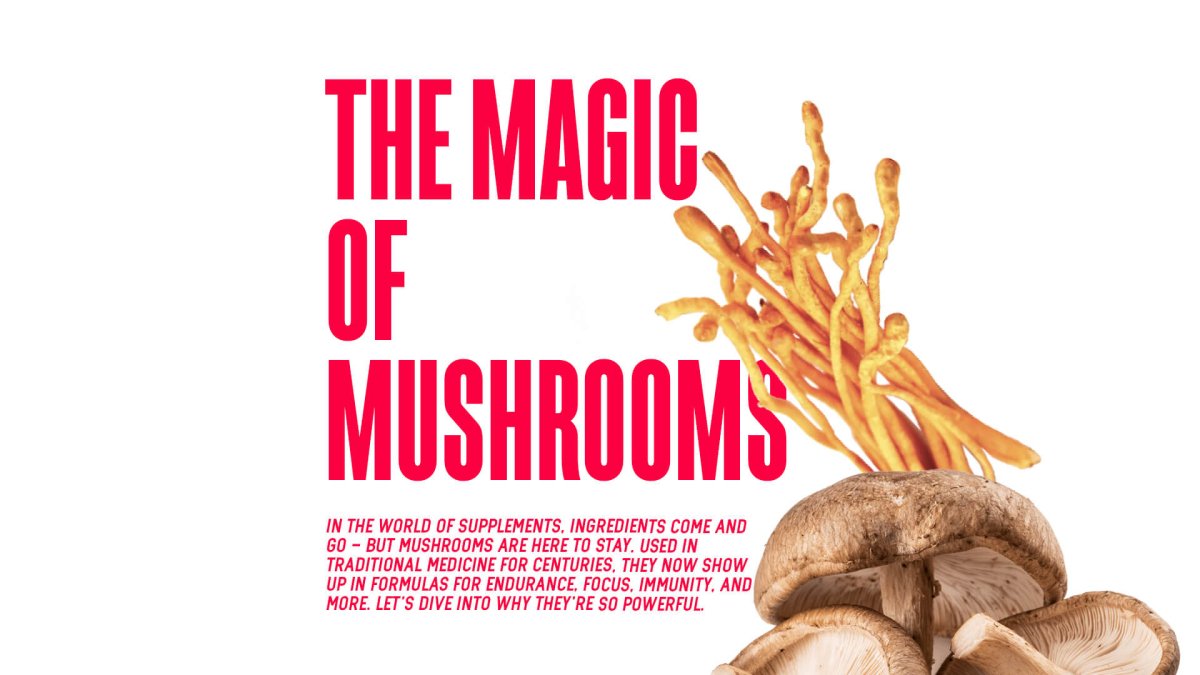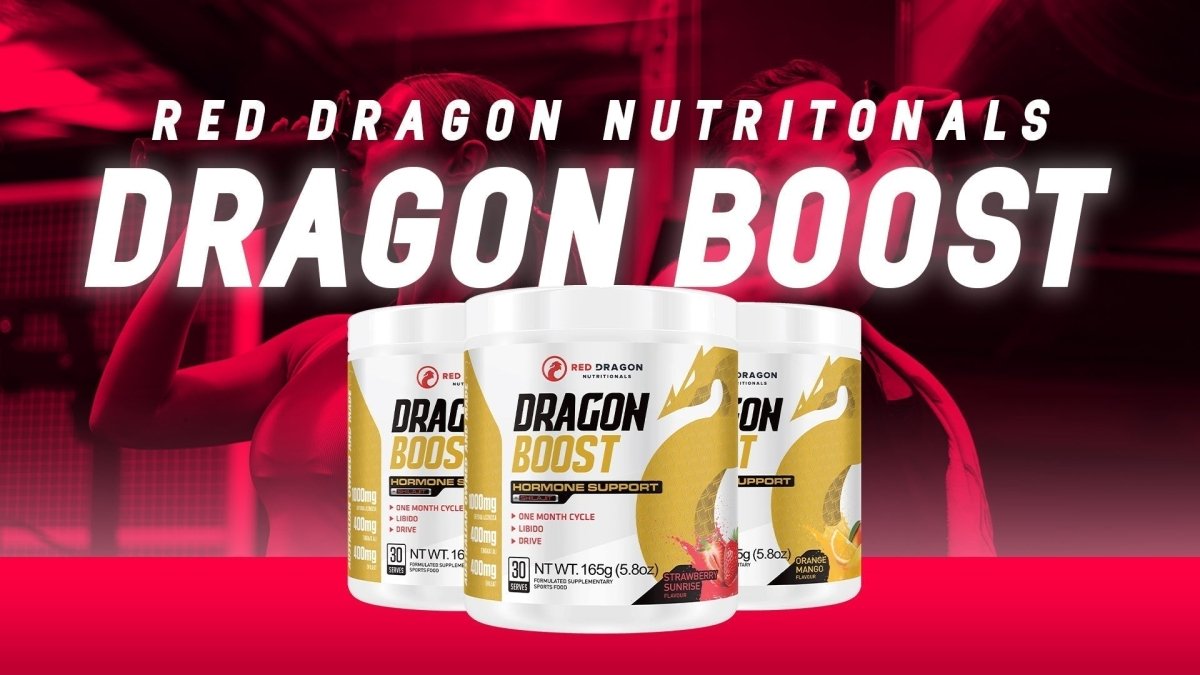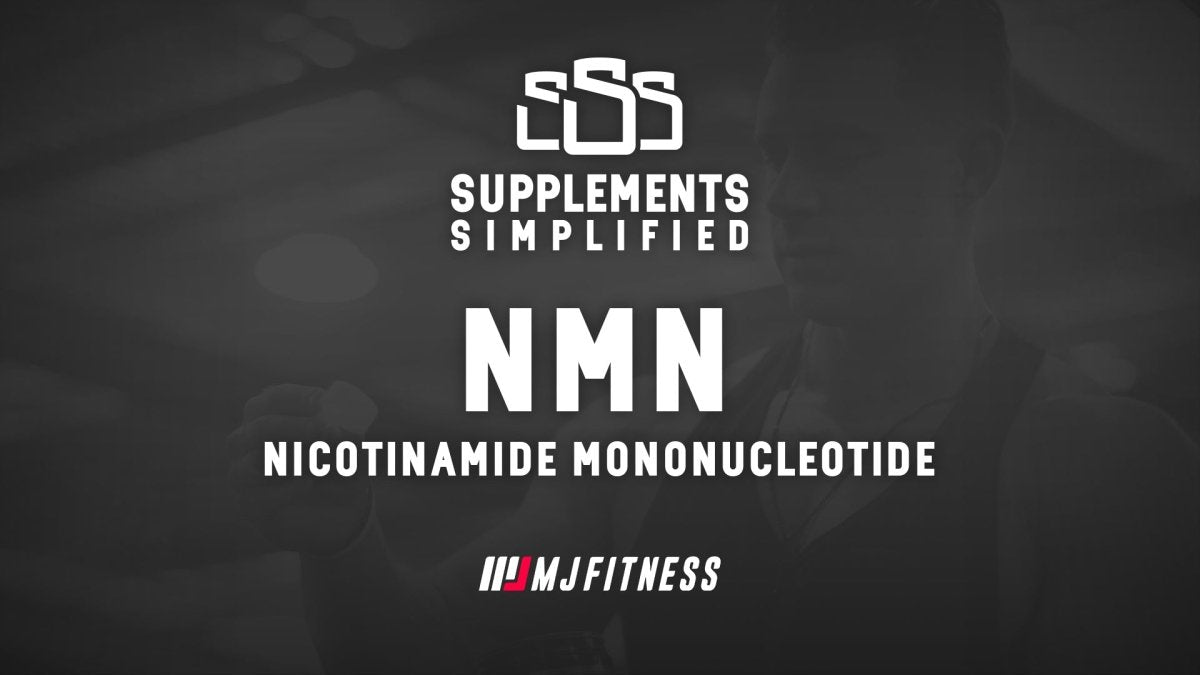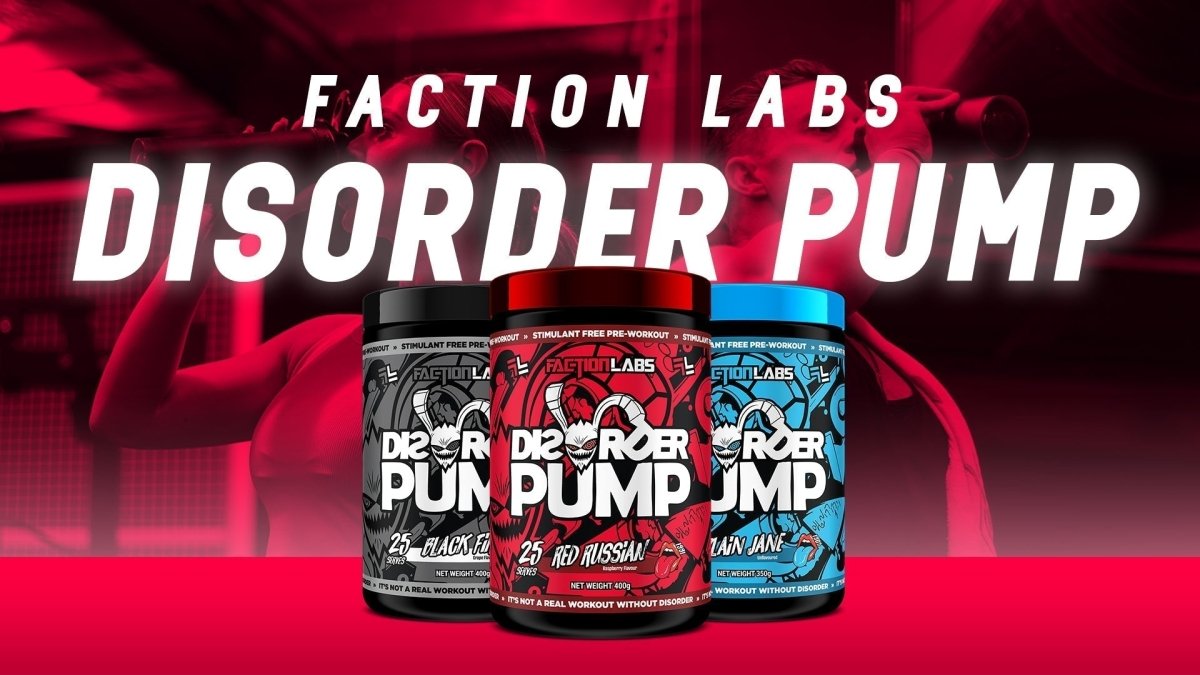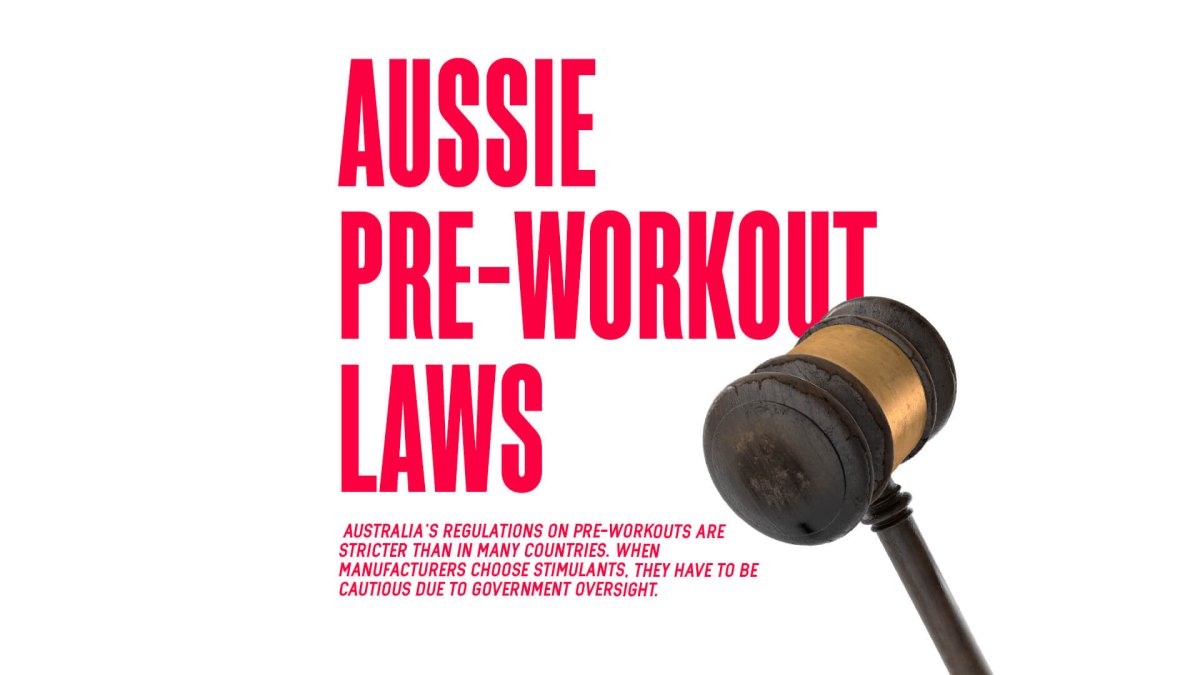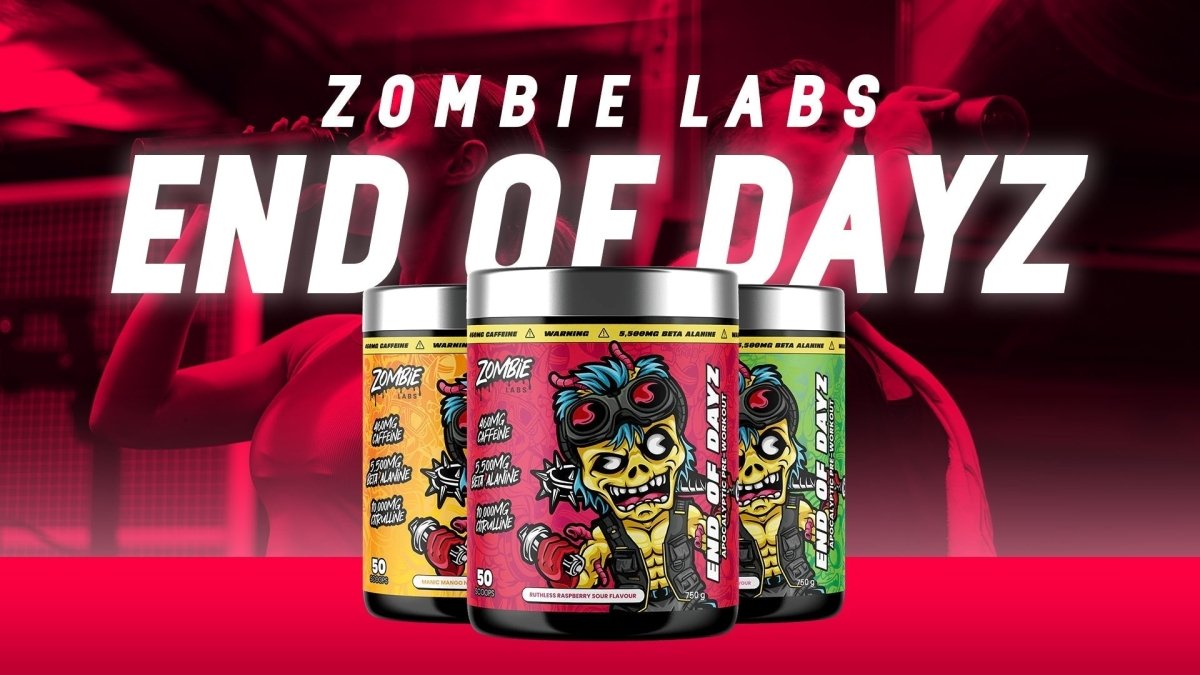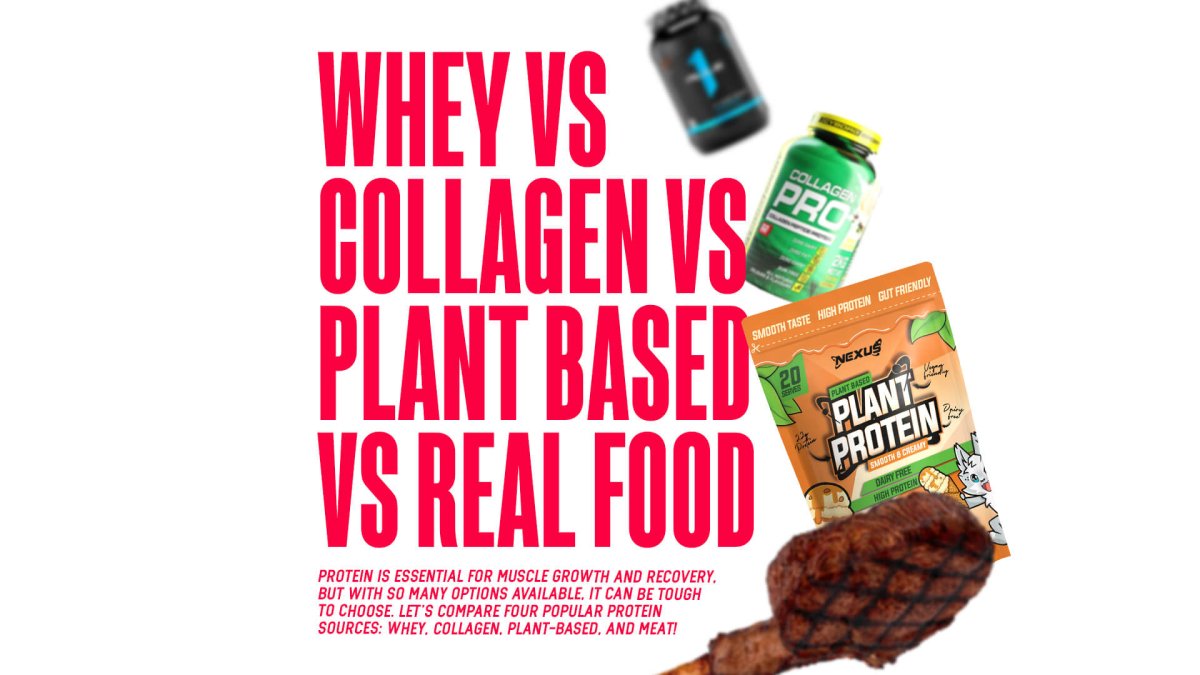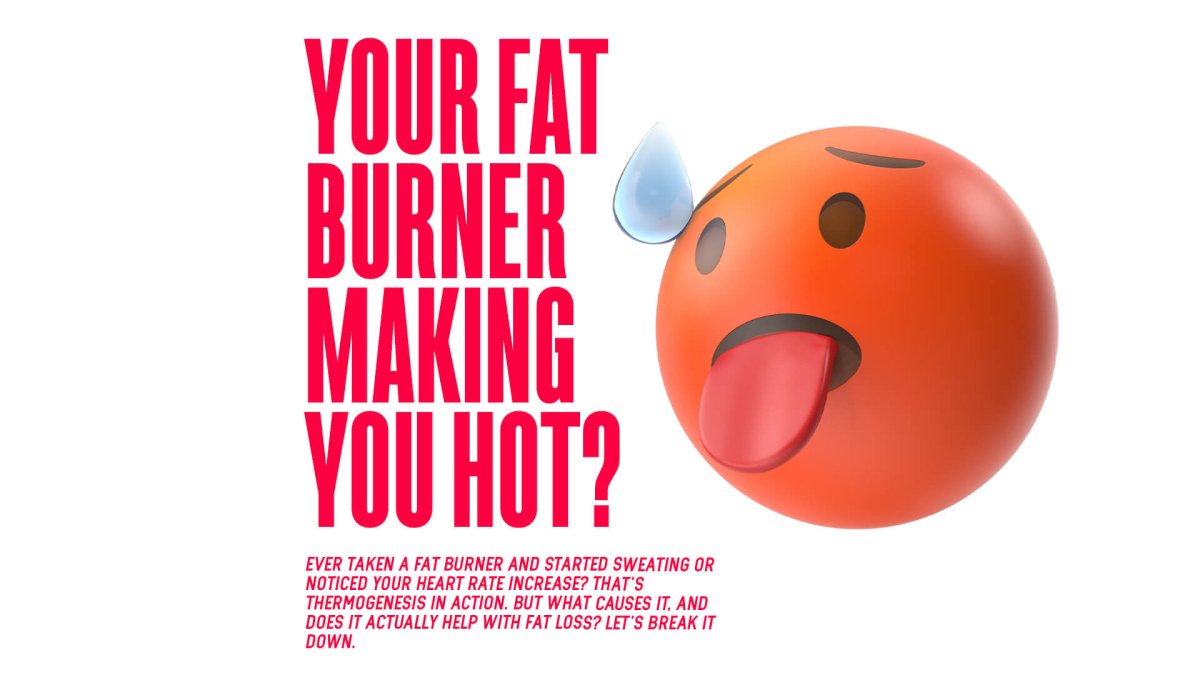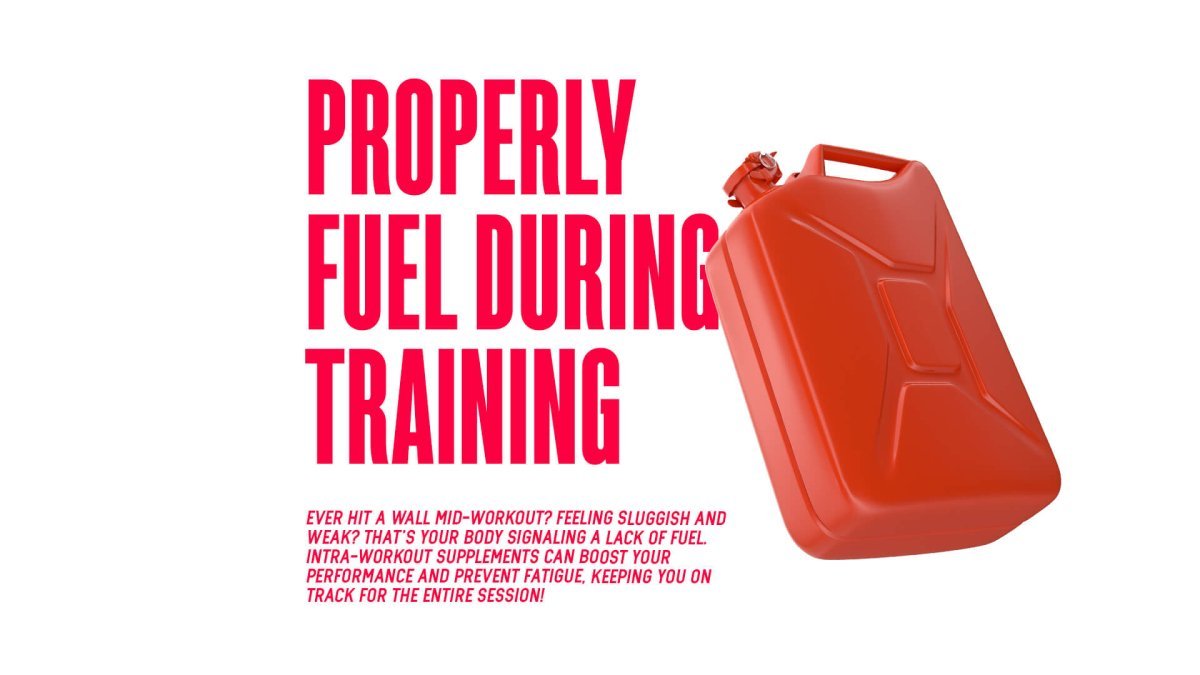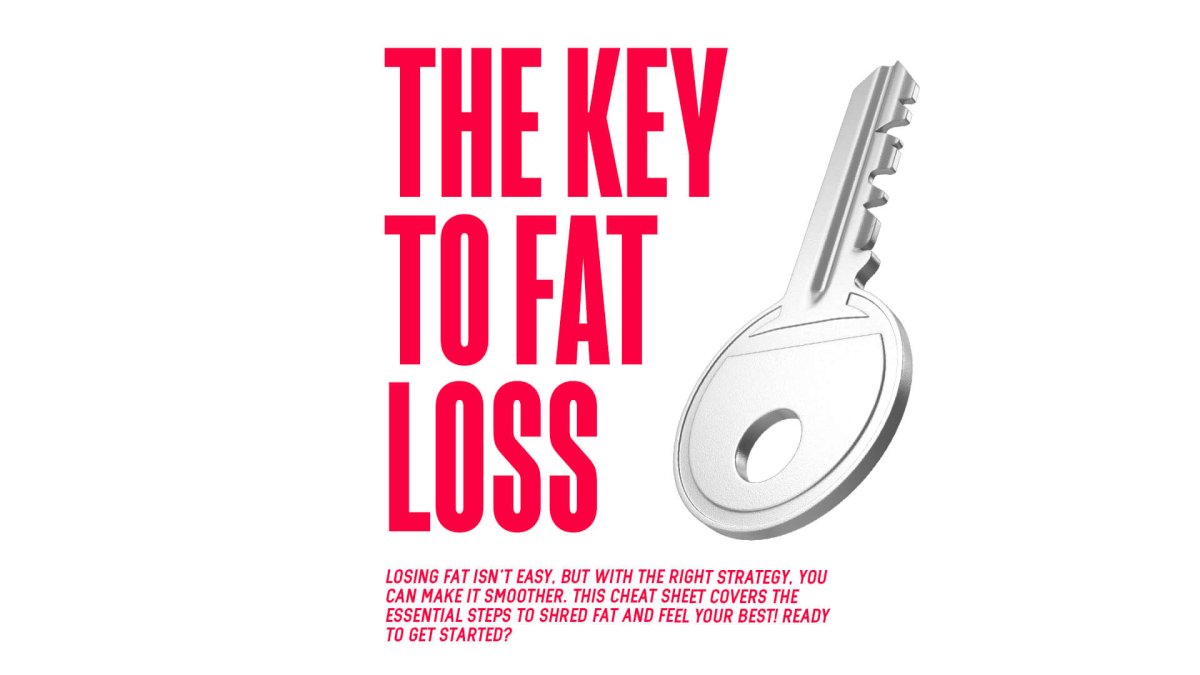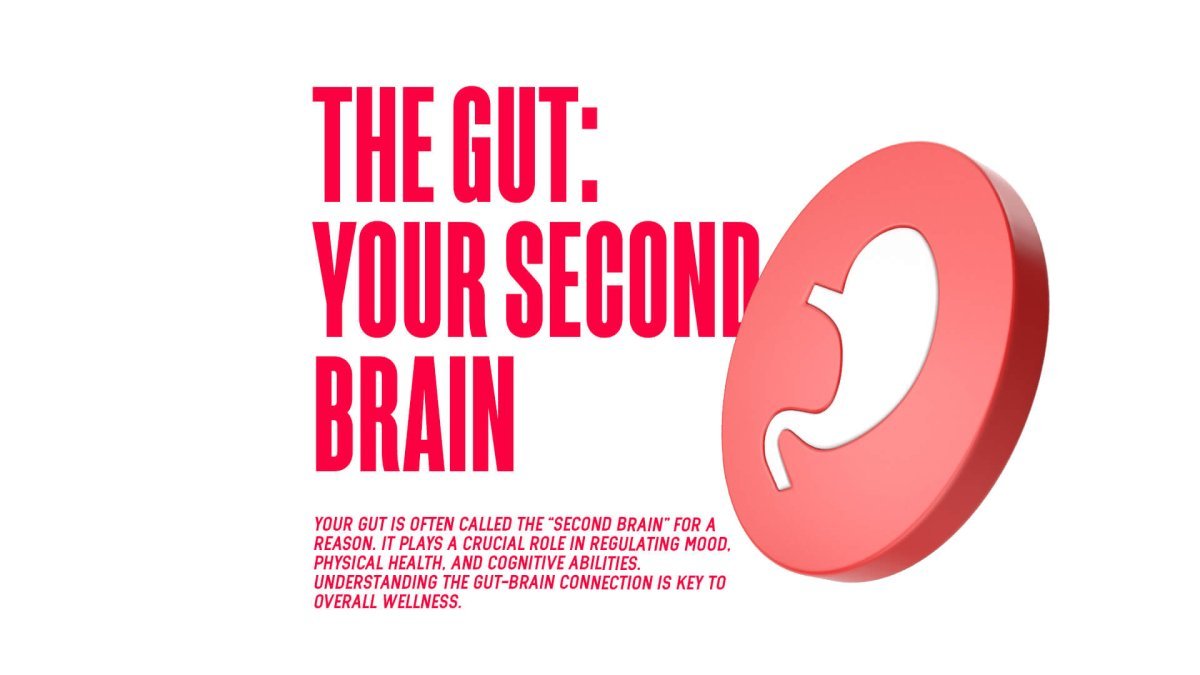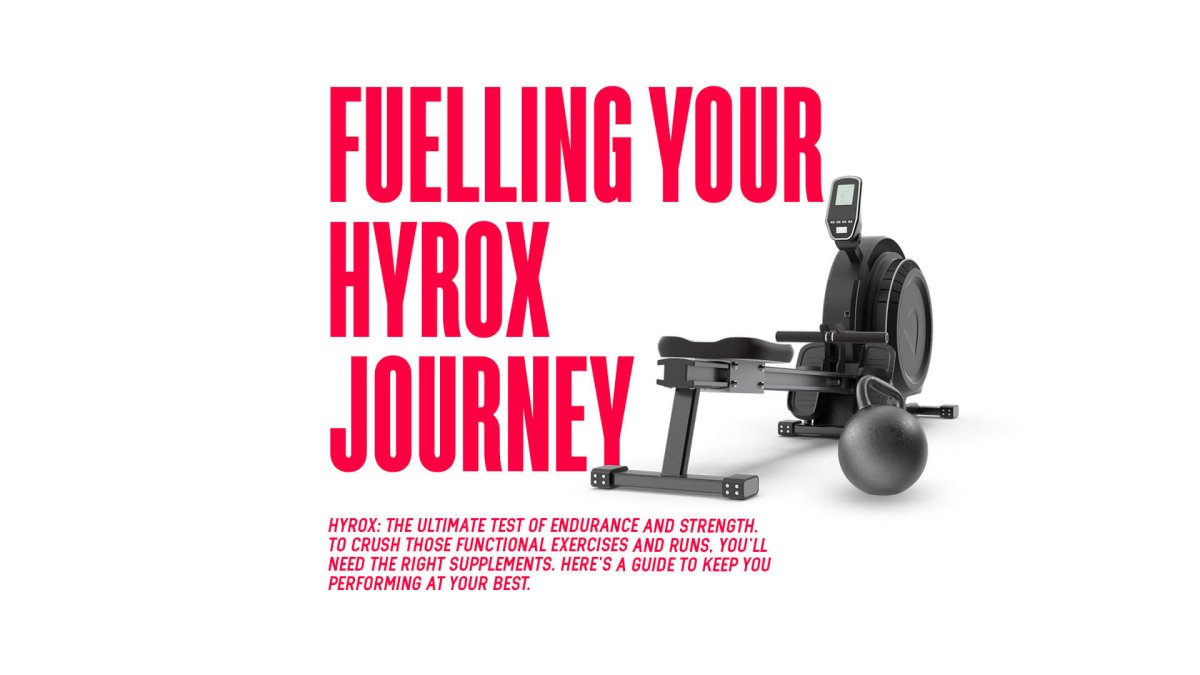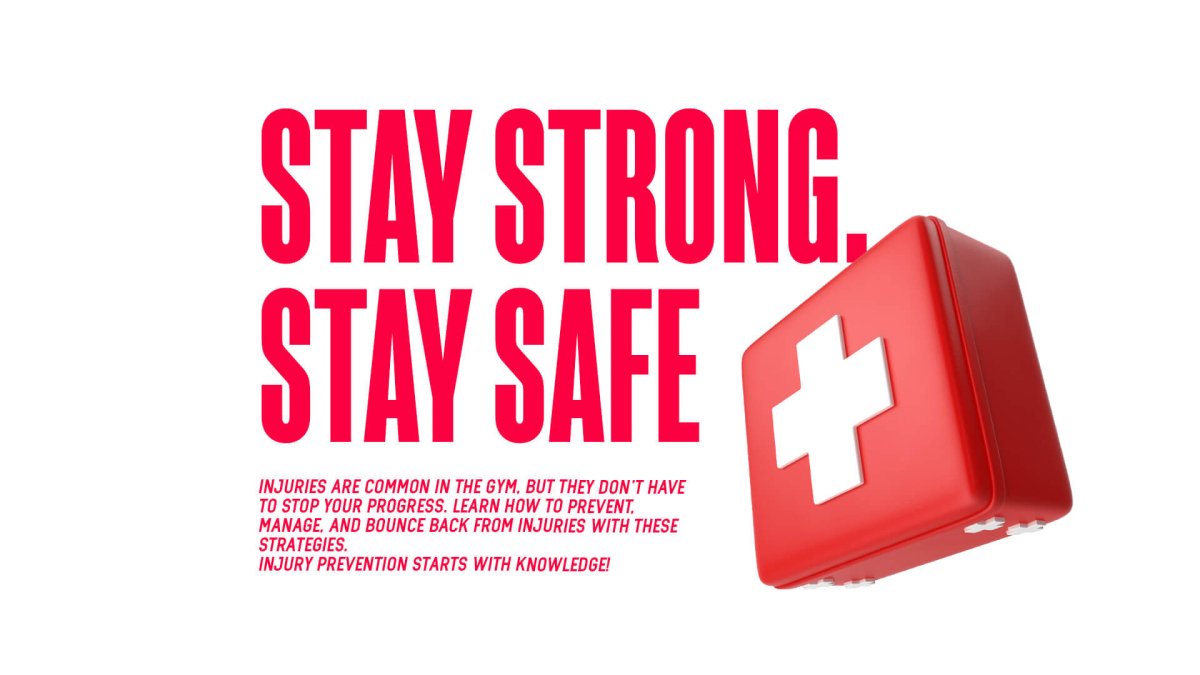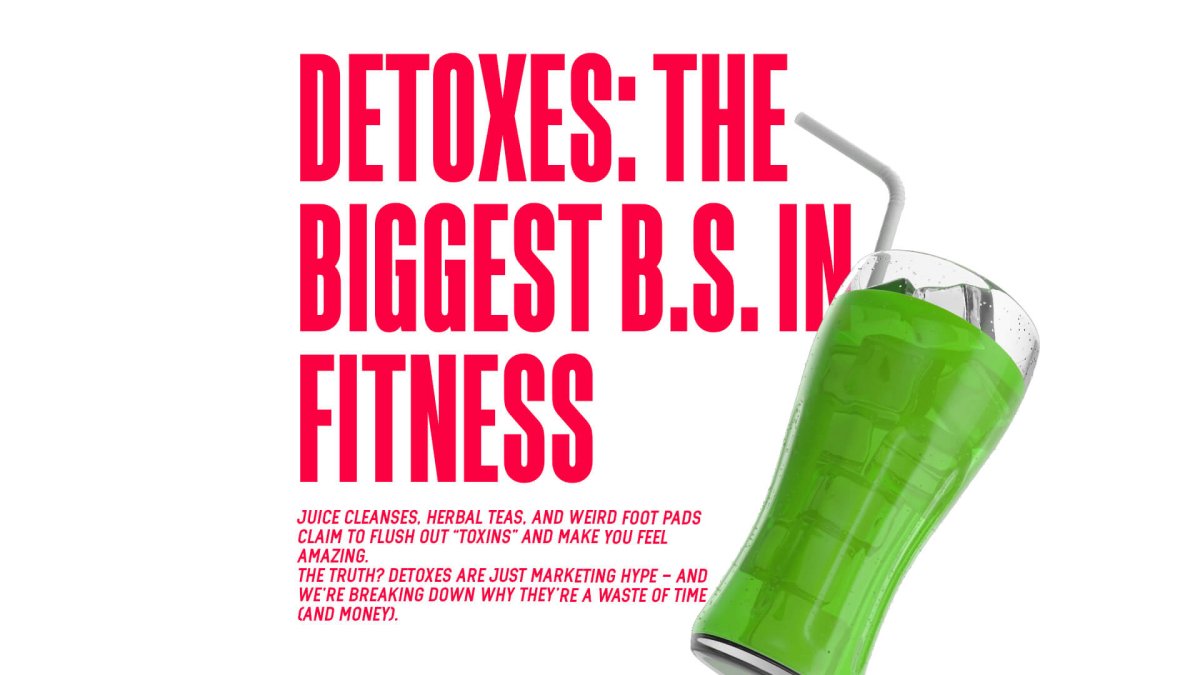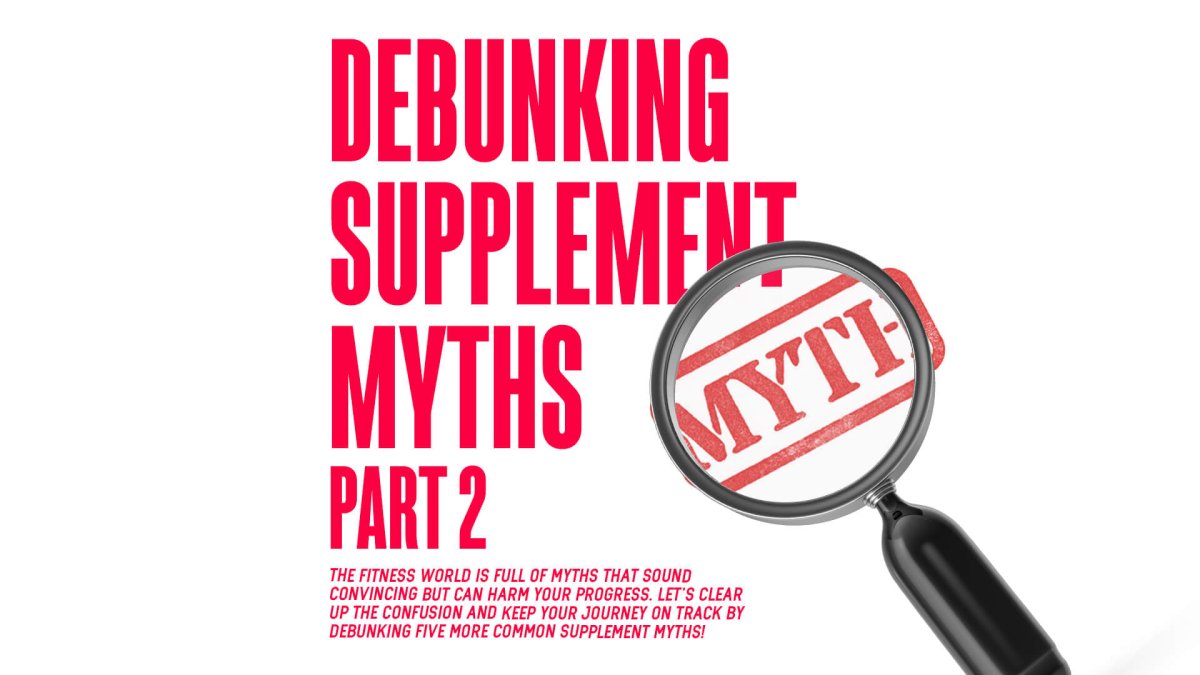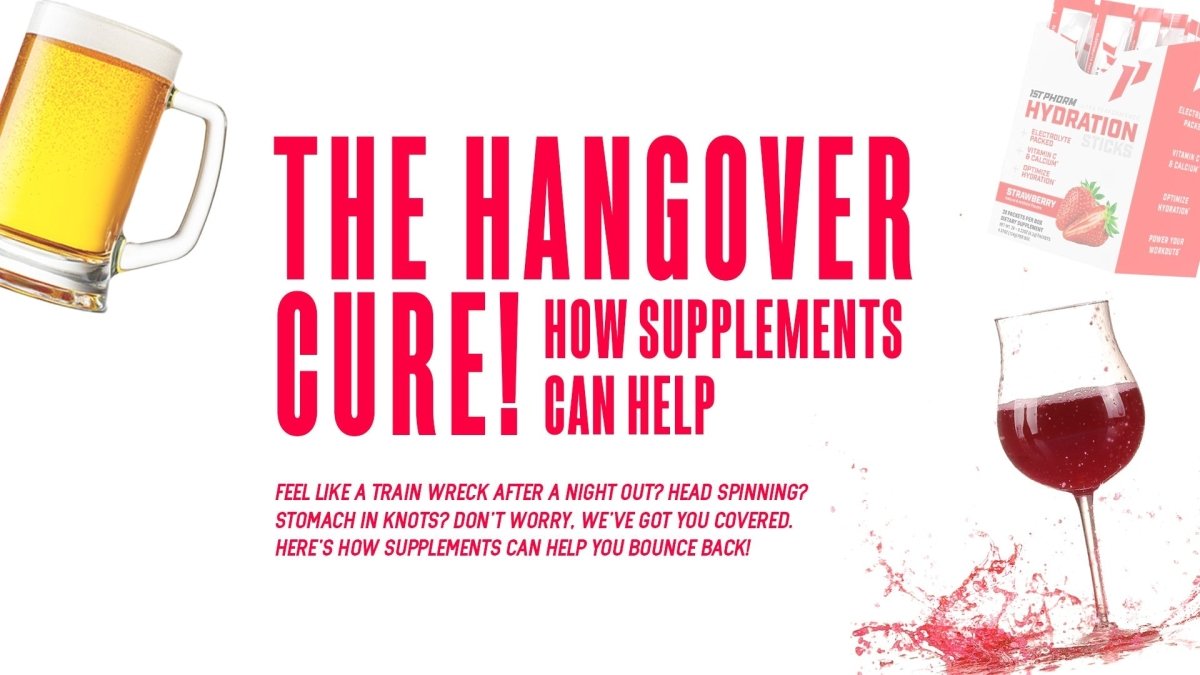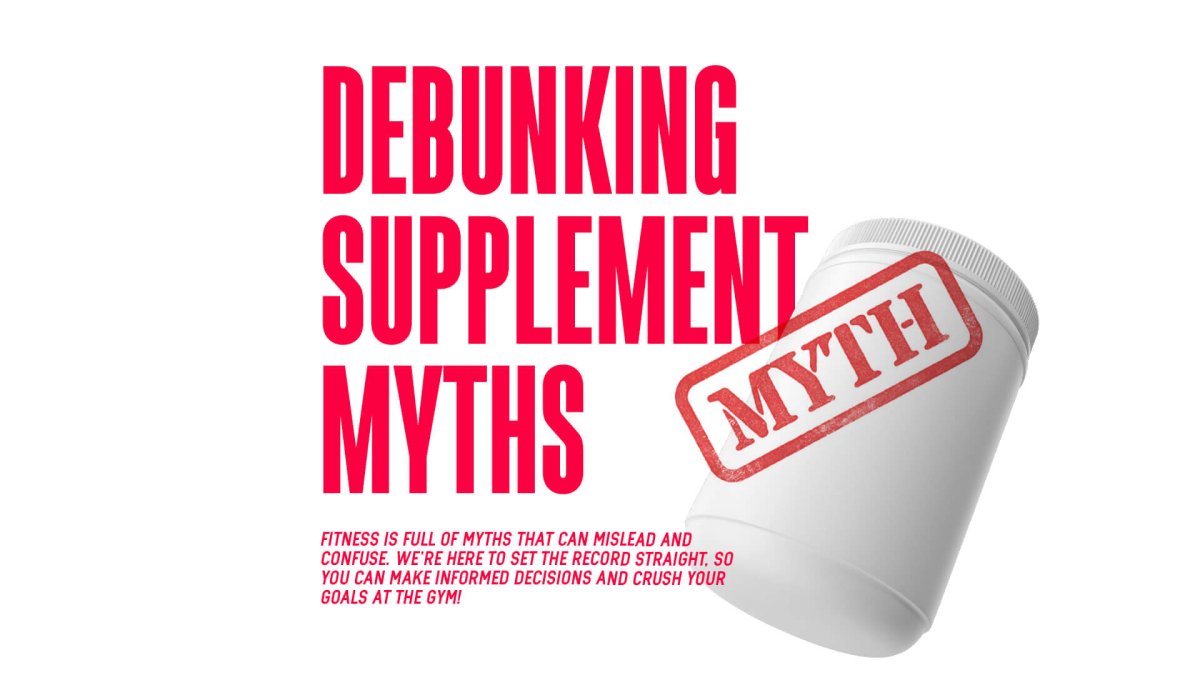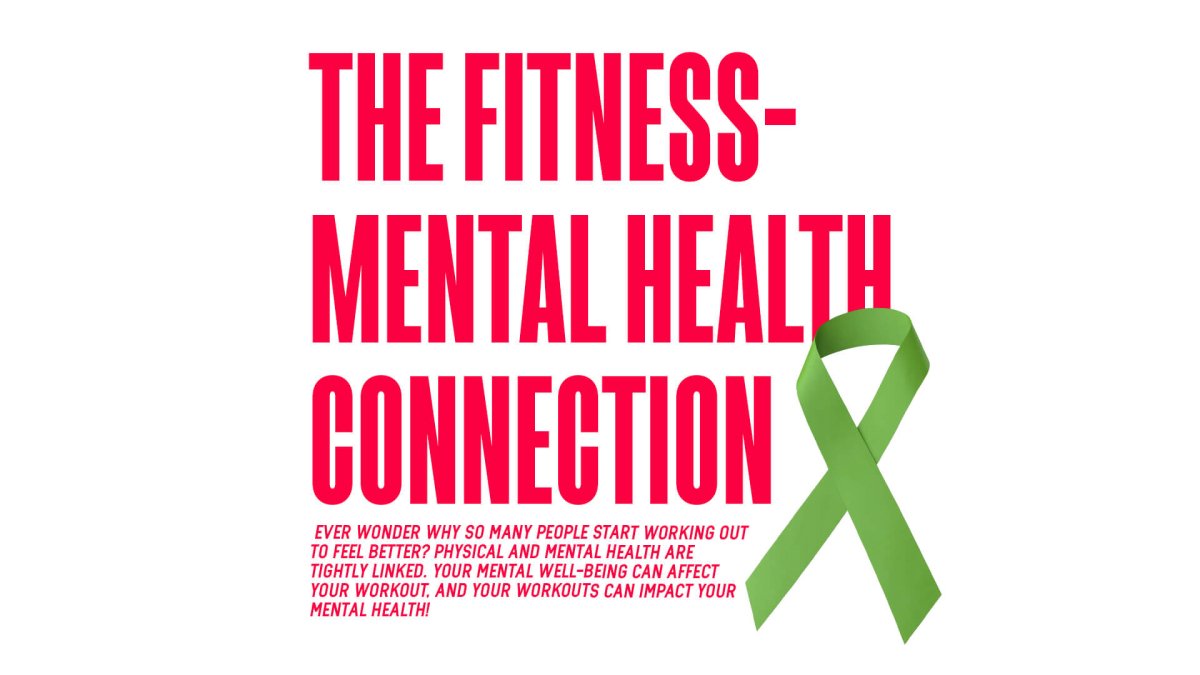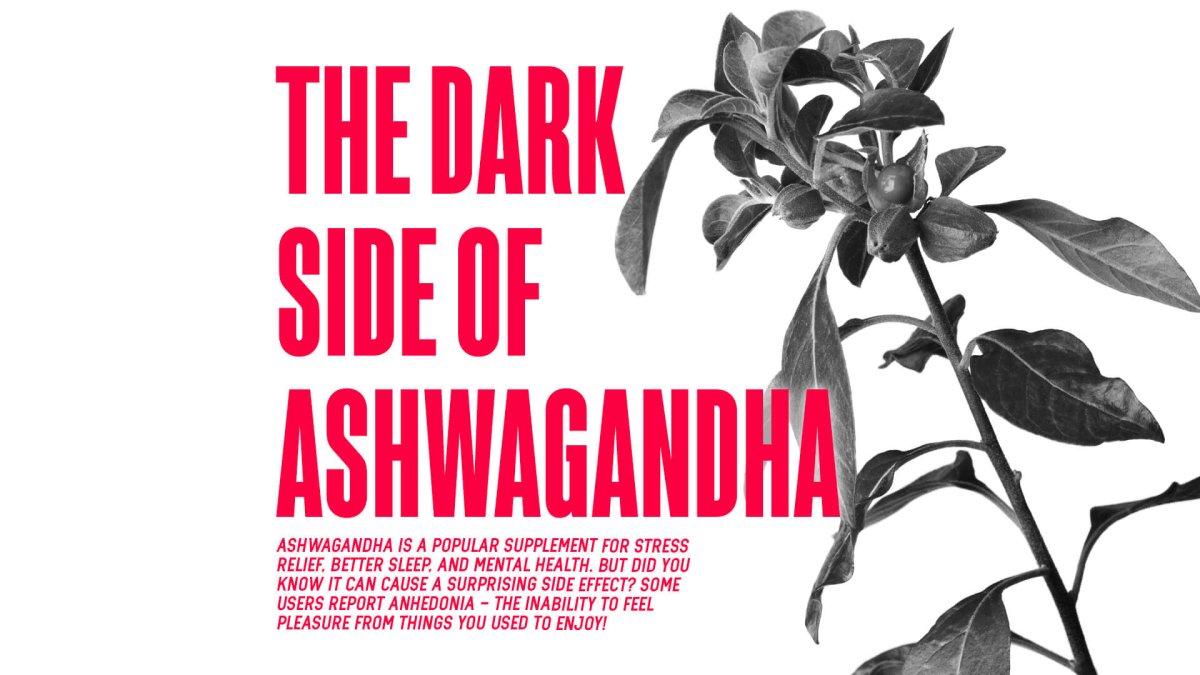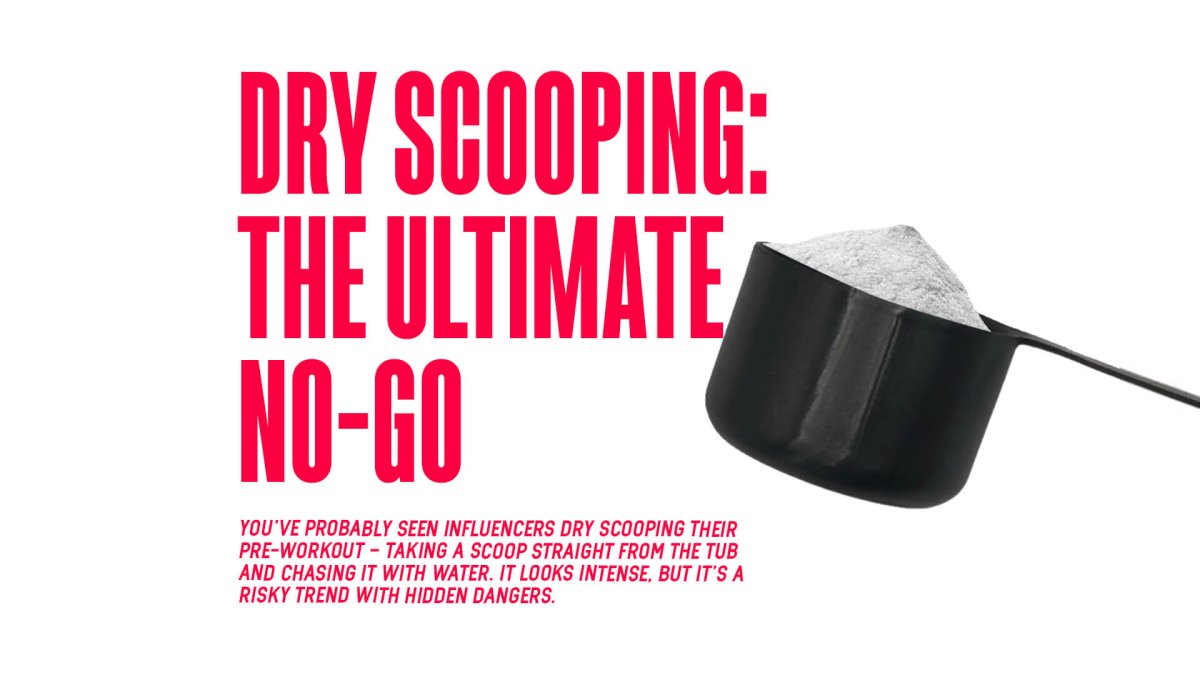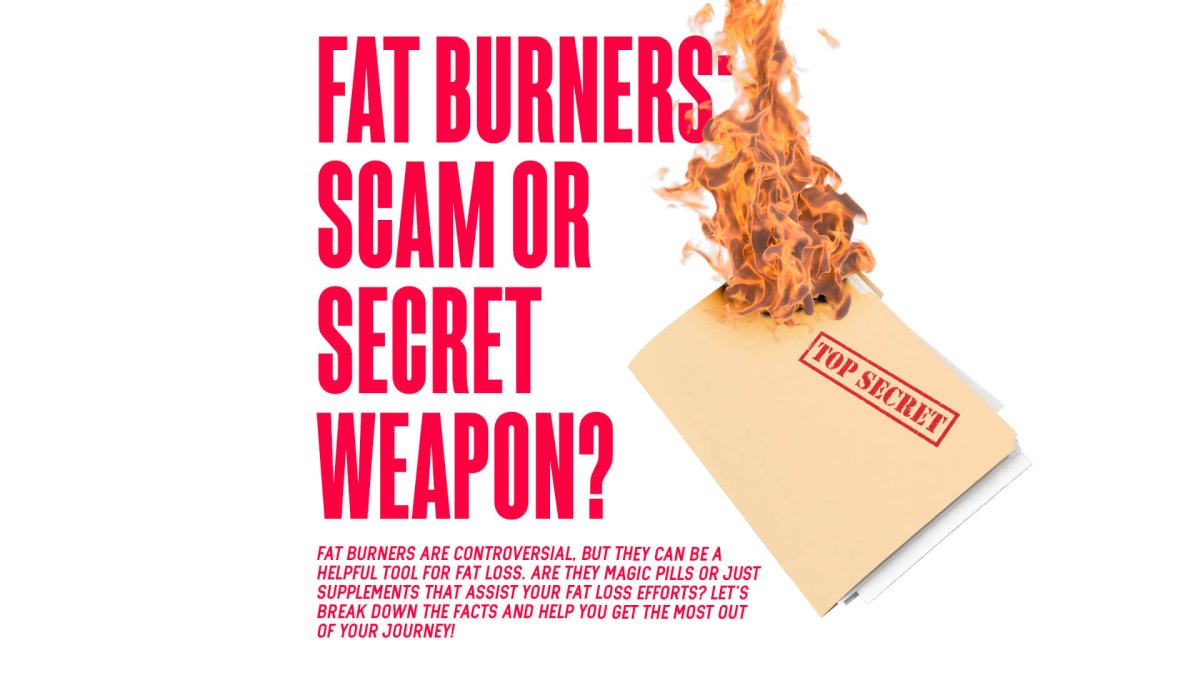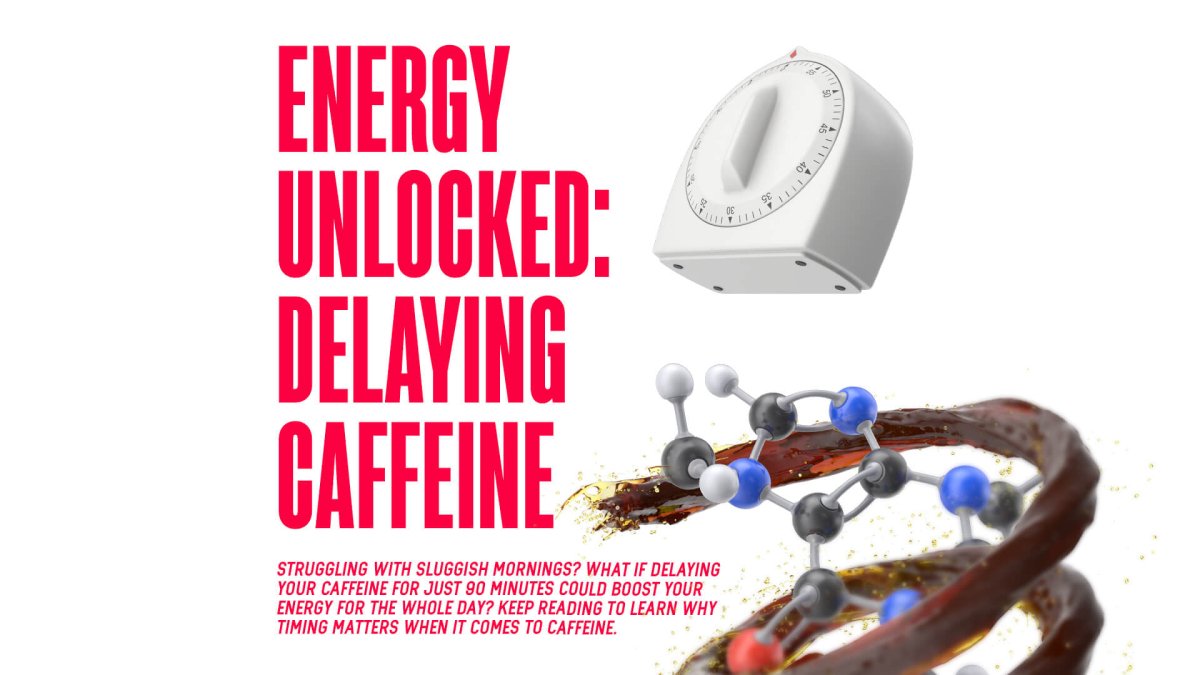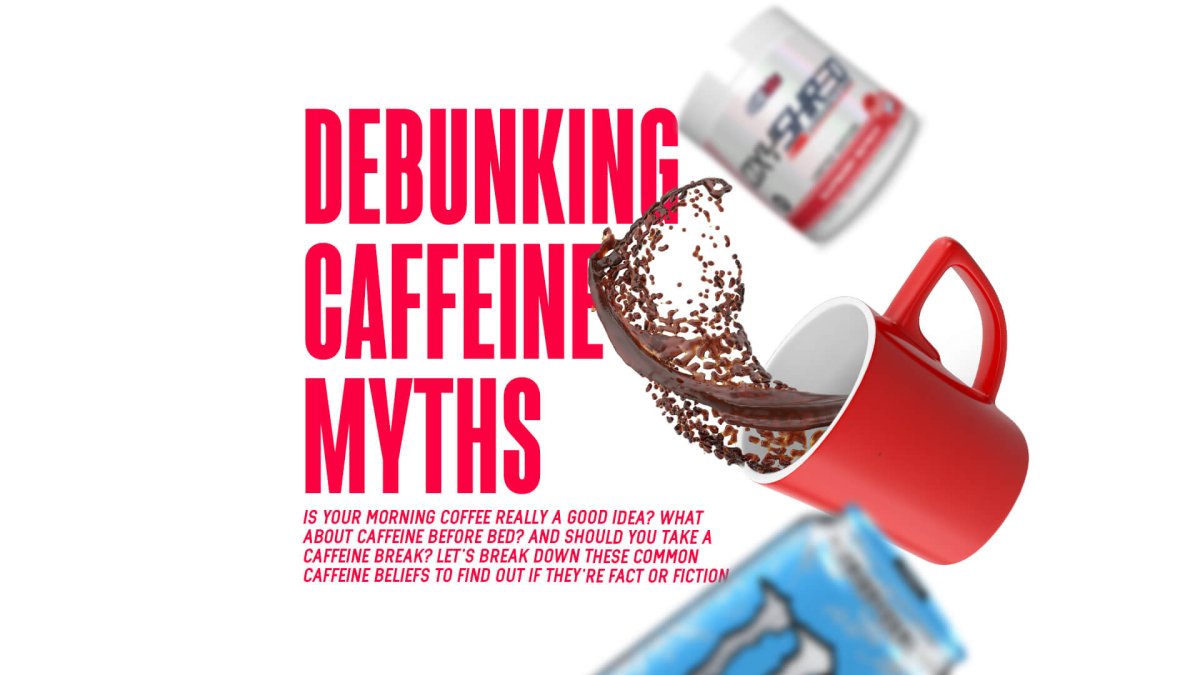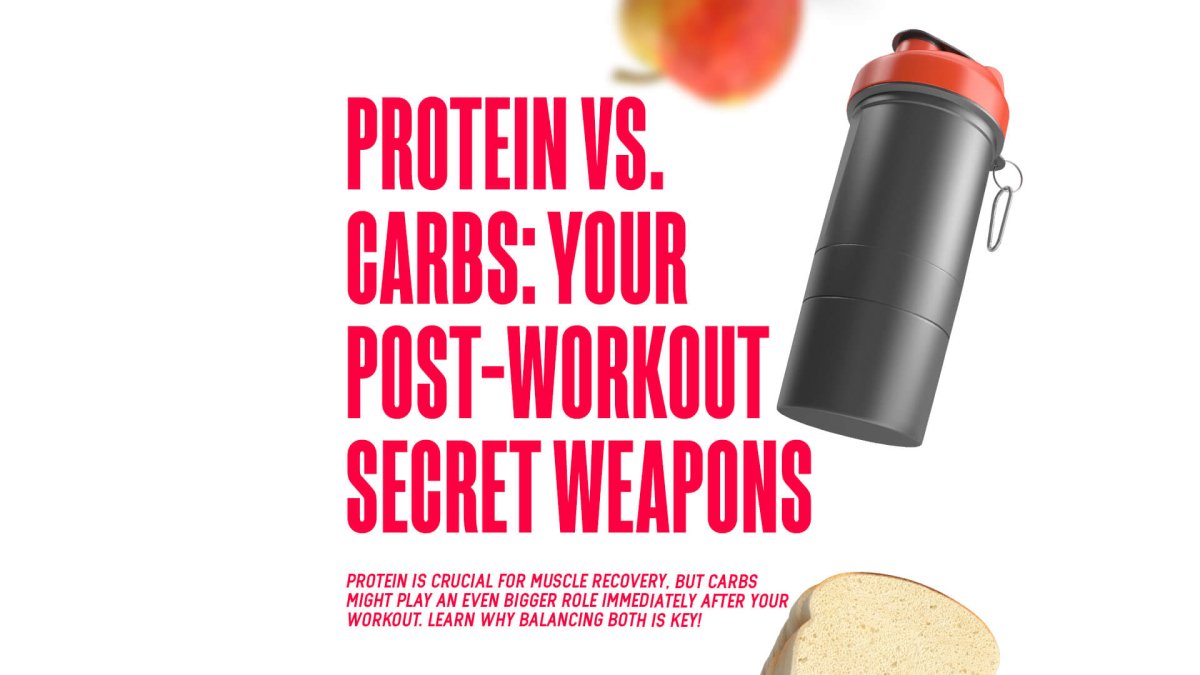Whey protein has arguably been one of the most popular supplements in the fitness space since the dawn of fitness supplementation. With its high bioavailability, versatility, and exceptional value when compared to other sources of protein, it’s no wonder why whey has been so loved for so long.
However, if you’ve recently gone to buy a tub of whey protein, you’ve probably noticed how the price seems to keep going up and up. It’s not a bad dream and you’re not imagining it.
So what’s making the price of whey skyrocket? Let’s take a deep dive and find out.
The Context Behind the Price Rise
Products containing Whey Protein Isolate (WPI) and Whey Protein Concentrate (WPC) have seen dramatic increases in price post-COVID. A 25-30 serve tub of a quality Whey Protein Blend from a reputable brand was around $49.95 in 2021 - hard to believe, right?! Now that same tub retails for $74.95 or more… That's a 50% increase in just 4 years with no signs of slowing down!
Why The Price Of Whey Protein Keeps Going Up
If you’ve gone to buy your favourite whey protein and noticed it’s more expensive than usual, you’re not alone. Everyone from an average gym goer, hardcore bodybuilder, and even an everyday consumer is being affected by the ever rising cost of such an essential supplement. But why is whey becoming so expensive? The fact of the matter is, there’s no one answer. From global supply disruptions, rising dairy prices, increased demand and economic factors, they all play a part.
1. Increased Demand for Protein Supplements
The demand for whey protein has increased over the past decade with the rise of more and more people adopting health-conscious lifestyles, prioritising fitness, and increasing their protein intake. Even those who aren’t an avid gym goer have been turning to whey protein for meal replacements and weight management. More and more consumers are looking to whey protein, leaving companies struggling to keep up with demand, making prices go up.
2. Global Supply Chain Disruptions
We all remember COVID-19… the pandemic that seriously disrupted global supply chains. Unfortunately, whey was no exception. In between all the lockdowns, factory shutdowns and transportation delays, there were massive bottlenecks in production and distribution. Once economies re-opened, there were still adverse effects. The cost of shipping, labor shortages, slowed manufacturing and a whole host of other issues persisted. With most industries experiencing these issues, it resulted in inflation across multiple consumer products, including whey protein supplements.
3. Rising Dairy Prices
When cheese is made from cow's milk, one of the byproducts is whey protein. With the cost of feed, labour shortages and ever rising energy costs, the dairy industry has faced increased production costs. Farmers have to spend more on grain to feed their cows, which impacts the cost of milk production directly. Cheese and whey production costs go up from the cost of milk. Then supplement manufacturers are forced to pass on these higher costs.
4. Inflation and Currency Fluctuations
With inflation hitting economies worldwide, this affects everything from the food you eat, to the raw materials involved in making it. The cost of whey protein, often being imported from the U.S., Europe and New Zealand, gets hit by currency fluctuations. If the local currency weakens against the U.S. dollar, costs like importation get affected. On top of that, transportation, packaging and operations all have a cost that increases with general inflation. These all contribute to the final price that you have to pay for your whey.
5. Limited Production Capacity
Whey protein depends on dairy farming. The dairy industry has strict regulations, and relies on consistent production. This limits the expansion of whey protein production, despite the demand. With the dangers of seasonal fluctuation, climate change, and livestock health, as well as a limited production capacity, small disruptions in the supply chain can have a big impact on the price of whey.
Why Transparency Matters
Rising costs of whey means that some brands cut corners to keep prices low. Protein spiking, which is adding amino acids or other supplements to make it seem like the protein powder has more protein per serve is an issue in the supplement space. Due to the lack of regulations, it’s easy for unscrupulous companies to use these practices, leaving you at risk of buying a lower quality protein powder.
To make sure you’re getting the most out of your whey protein, look for the brands that invest in third party testing and are open with their results. Transparency and quality tend to come with a higher price tag, but they guarantee what they advertise is what they deliver. Protein is a commodity with a standard base price so be weary of deals that seem too good to be true.
The Road Ahead
With demand rapidly outpacing supply, and no immediate solutions on the horizon, the whey protein market isn’t going to stabilise anytime soon. While this means that prices are going to keep going up, it brings the importance of supporting ethical brands that prioritise quality to the forefront. In the next few months & years there will be a push towards protein blends that combine not only whey protein but other sources of protein such as collagen & egg protein. This will help to keep protein powders at a respectable price for the consumer.
Keep an eye out for the brands that have the highest standards… integrity is as valuable as the whey protein itself.
